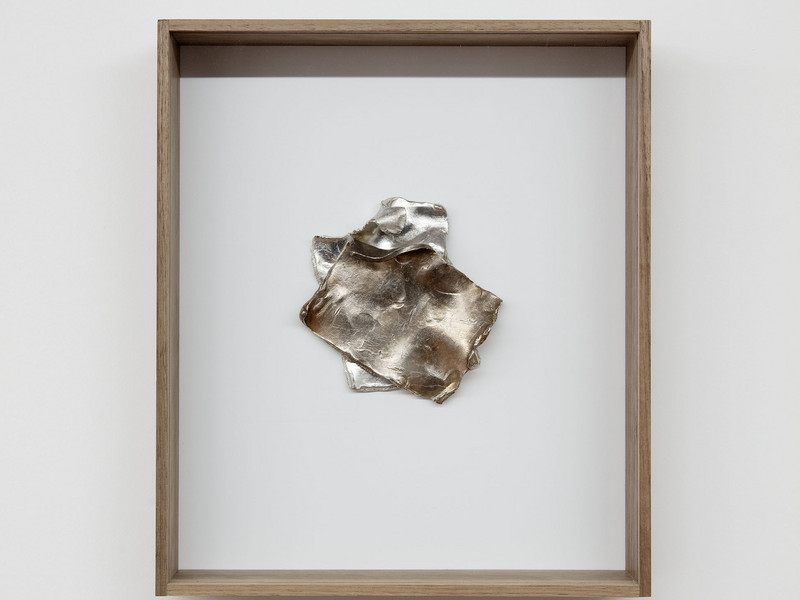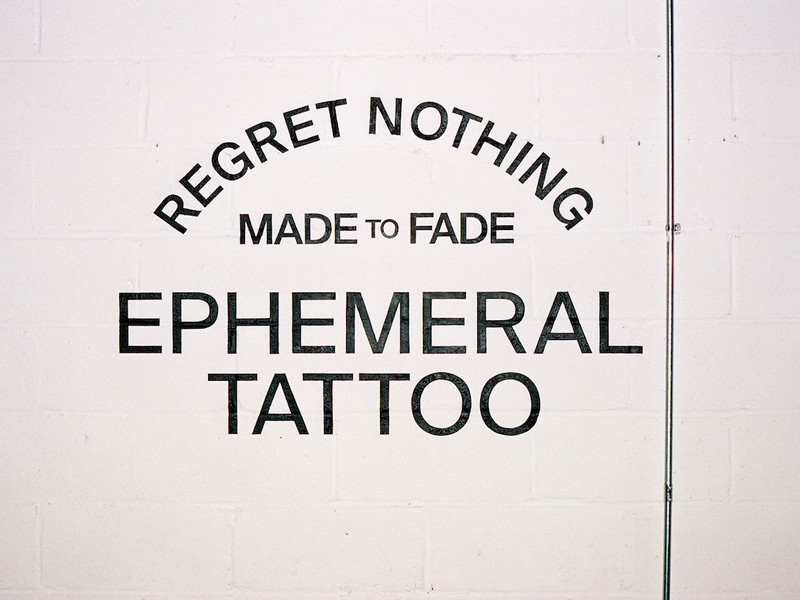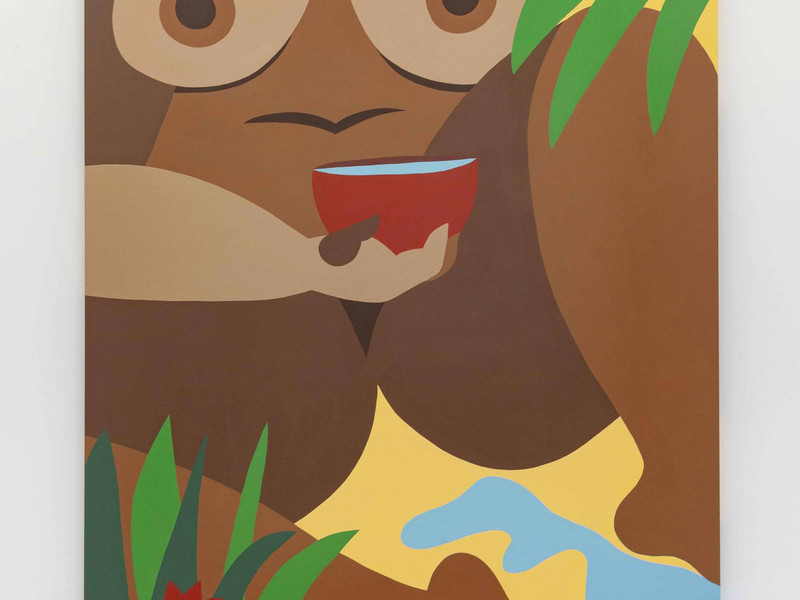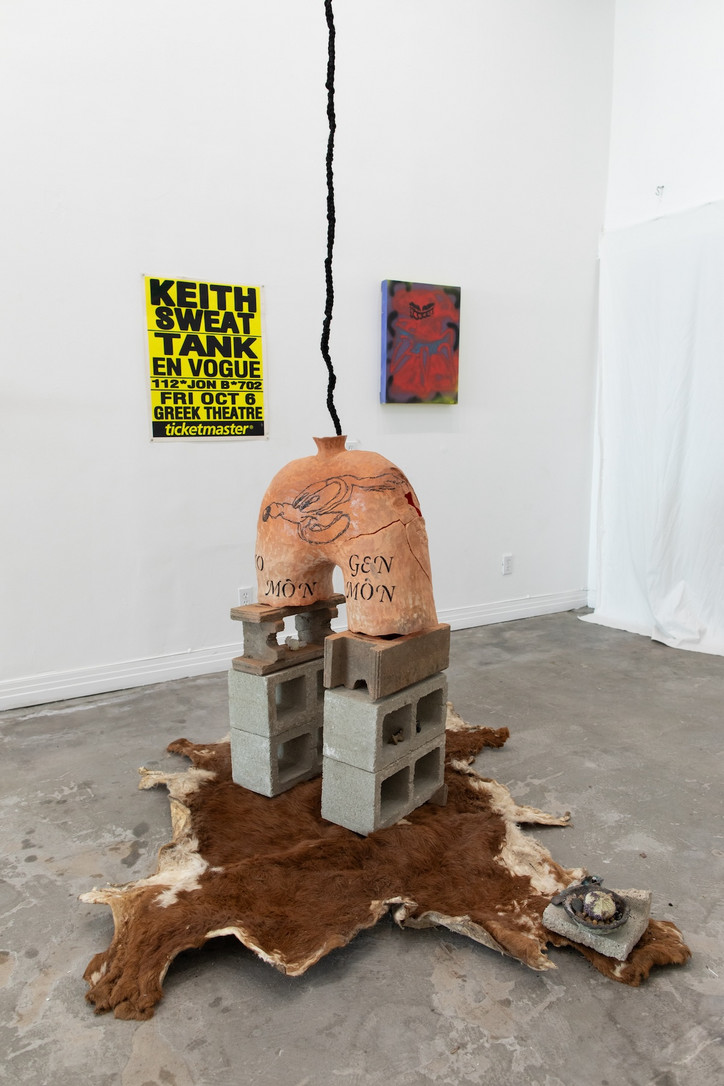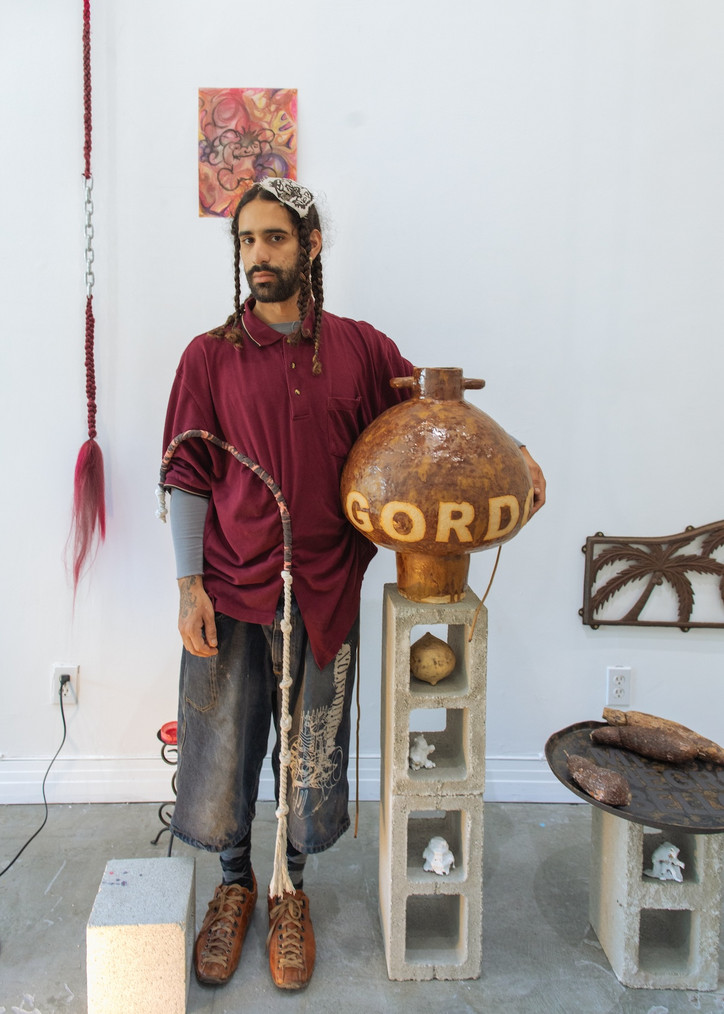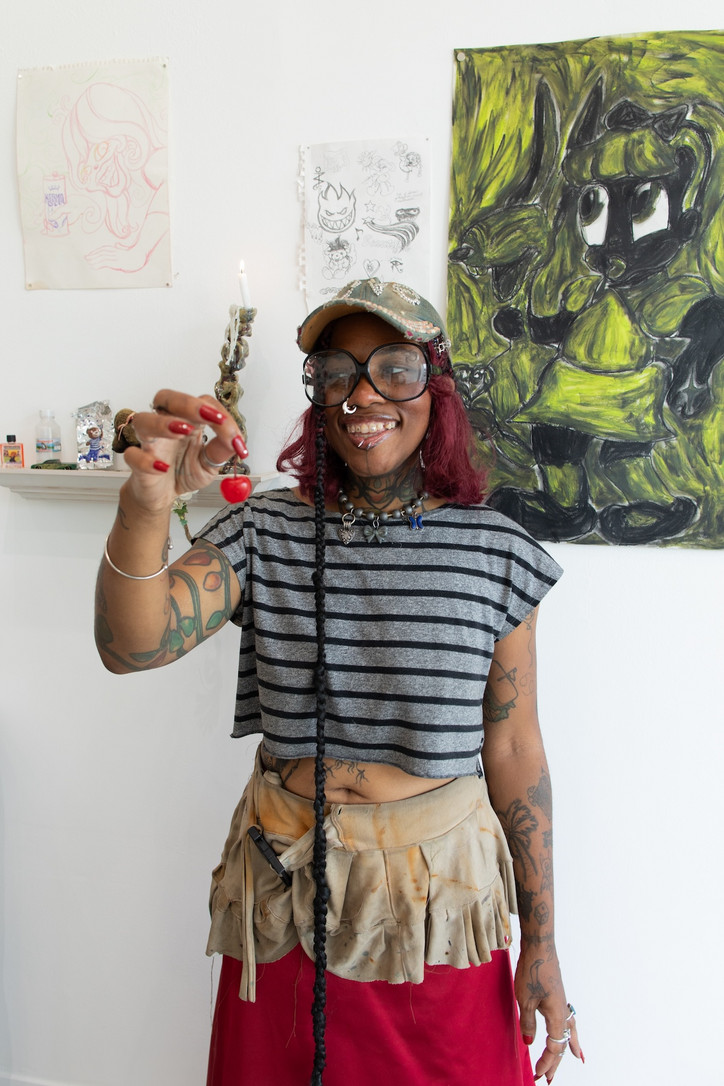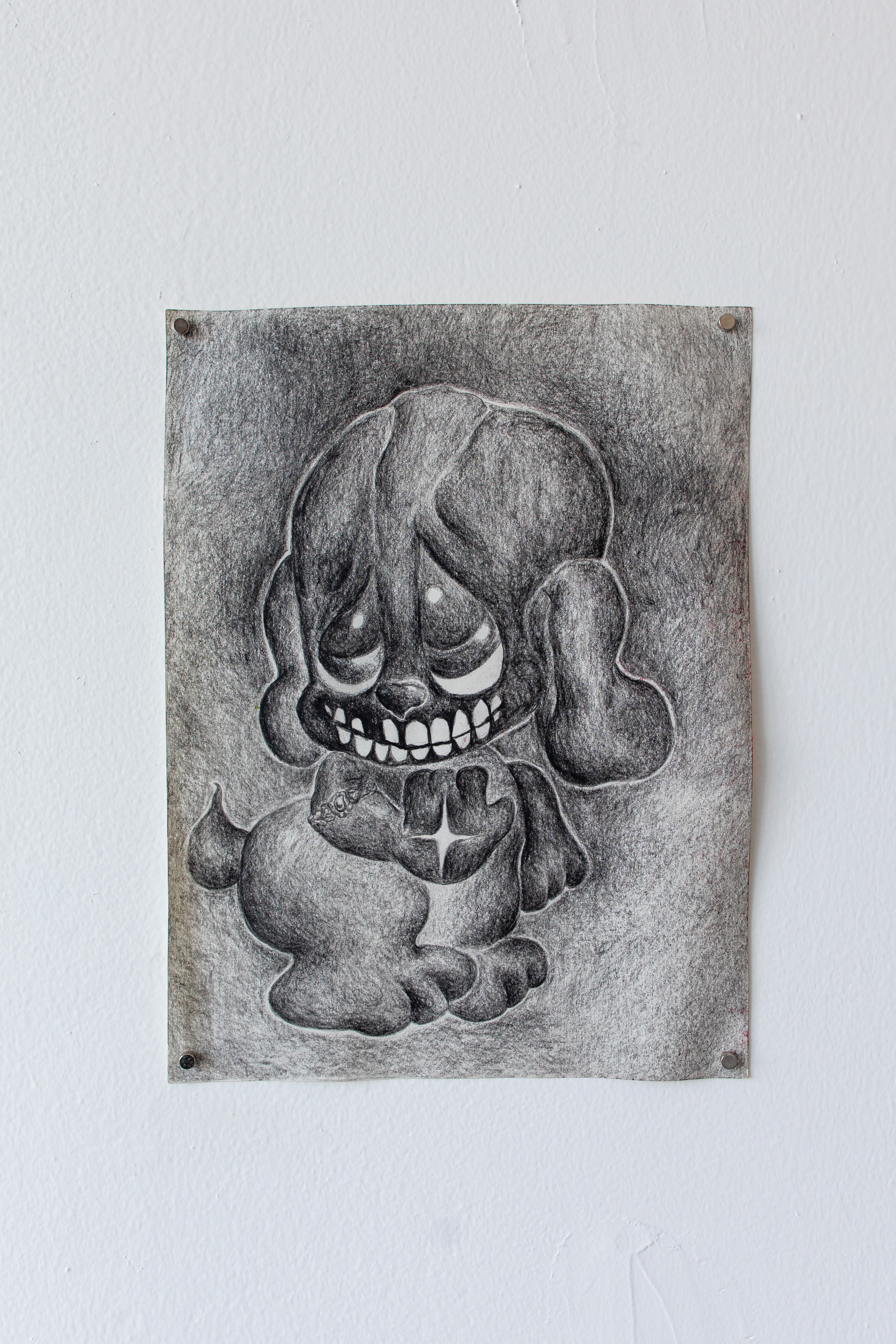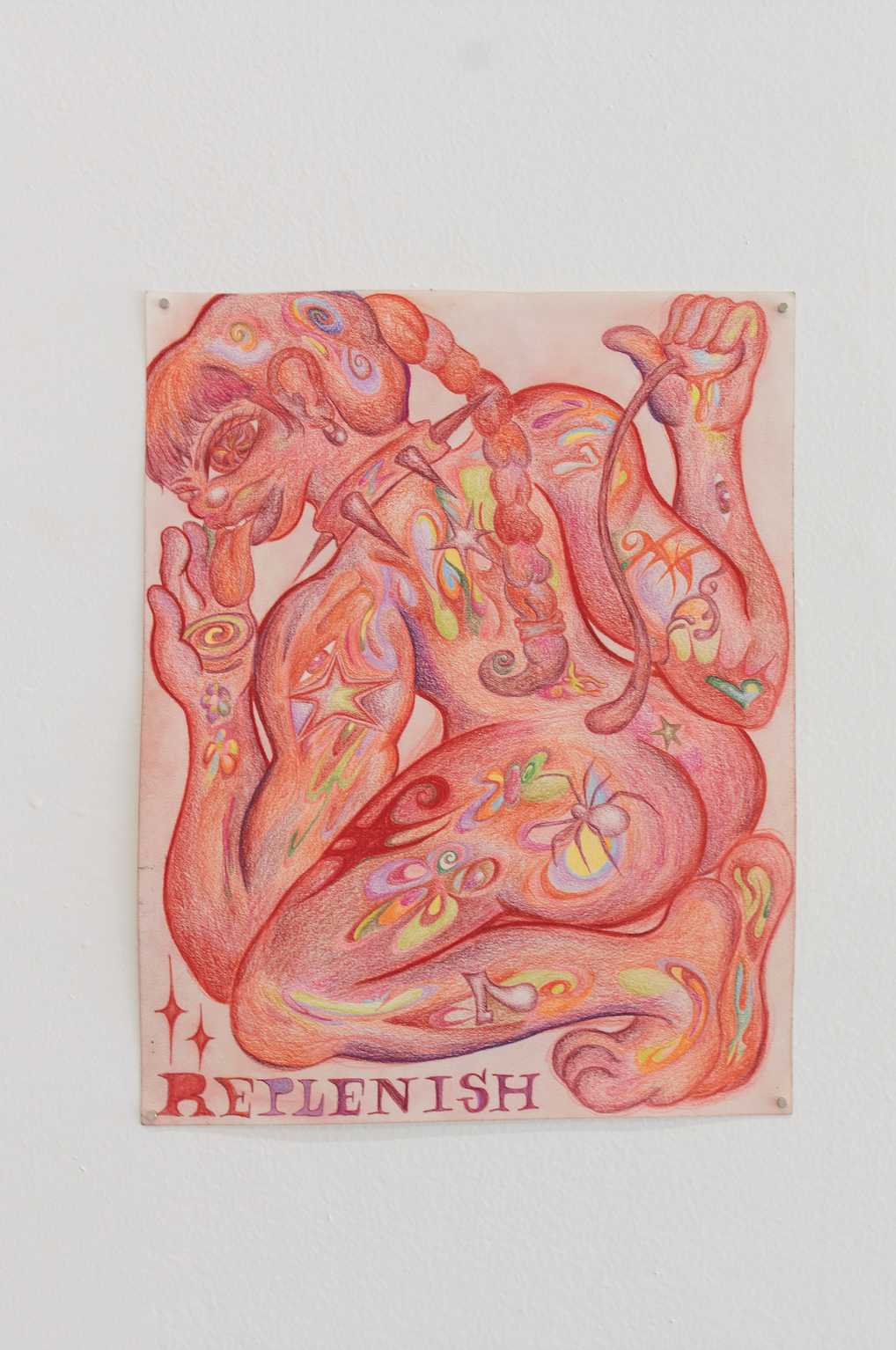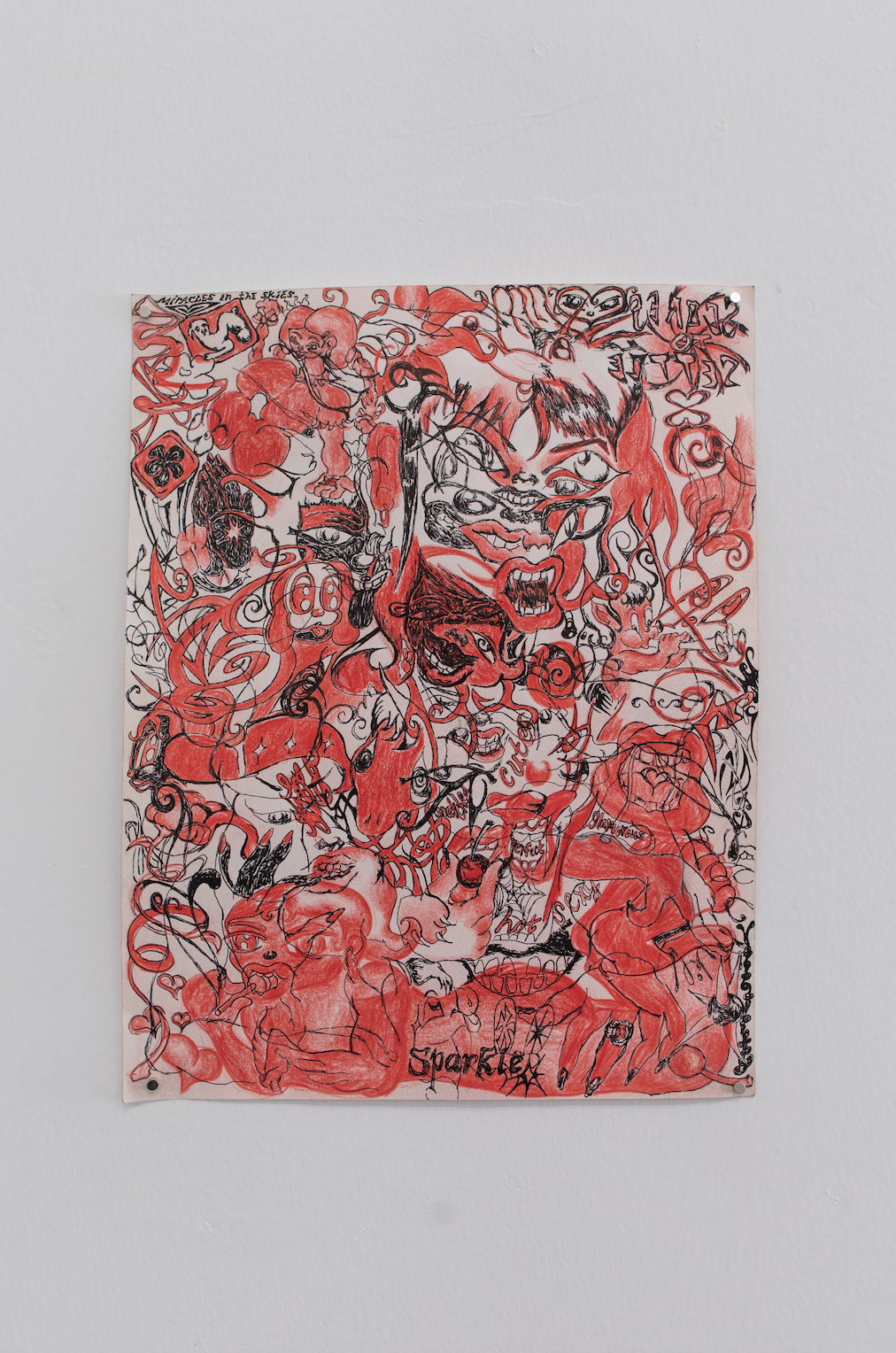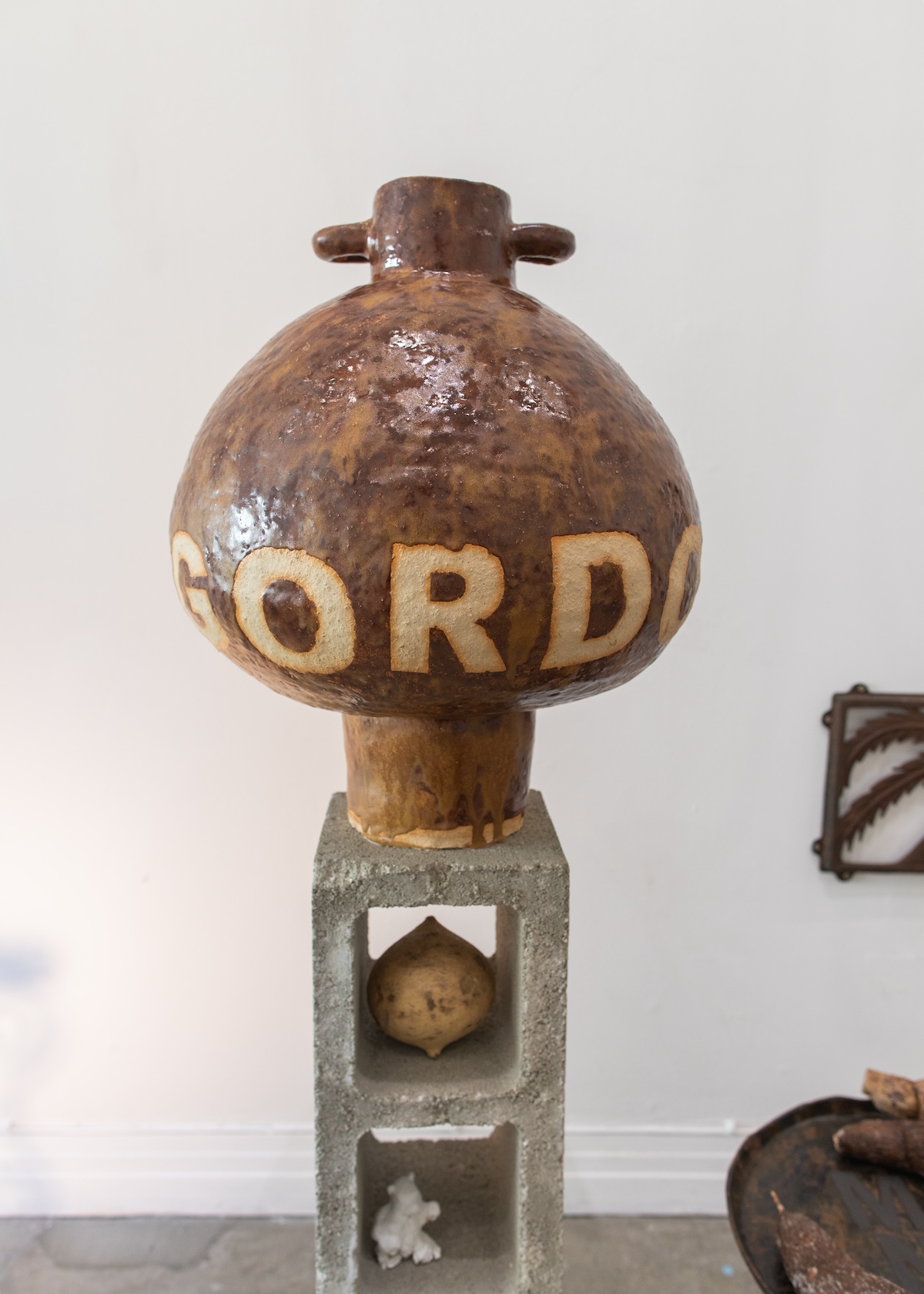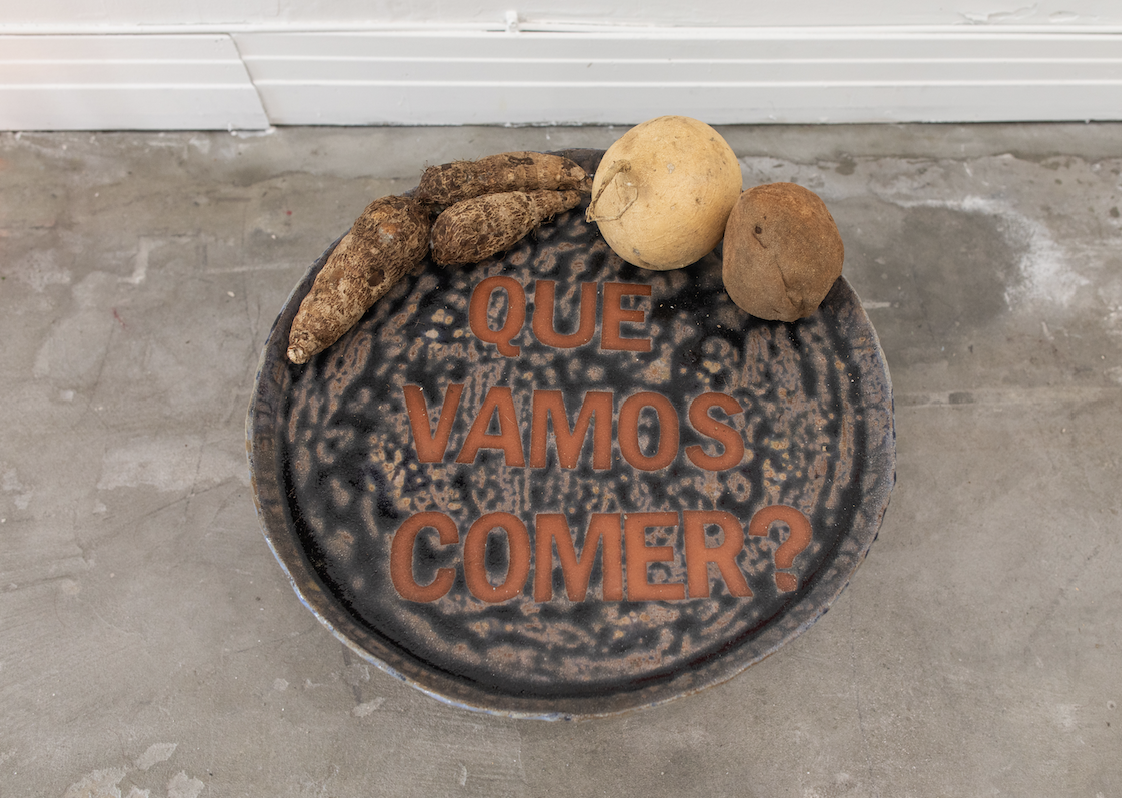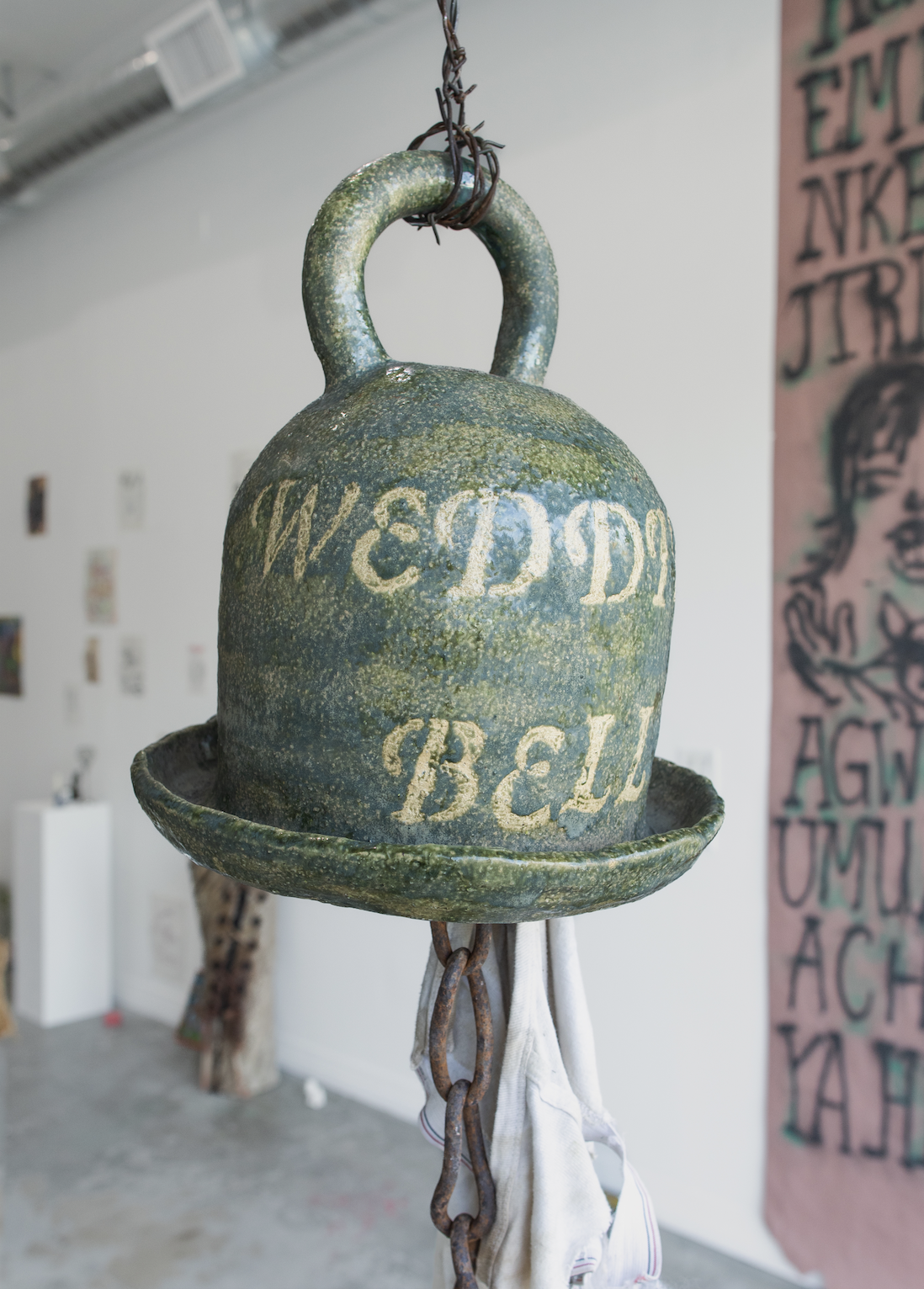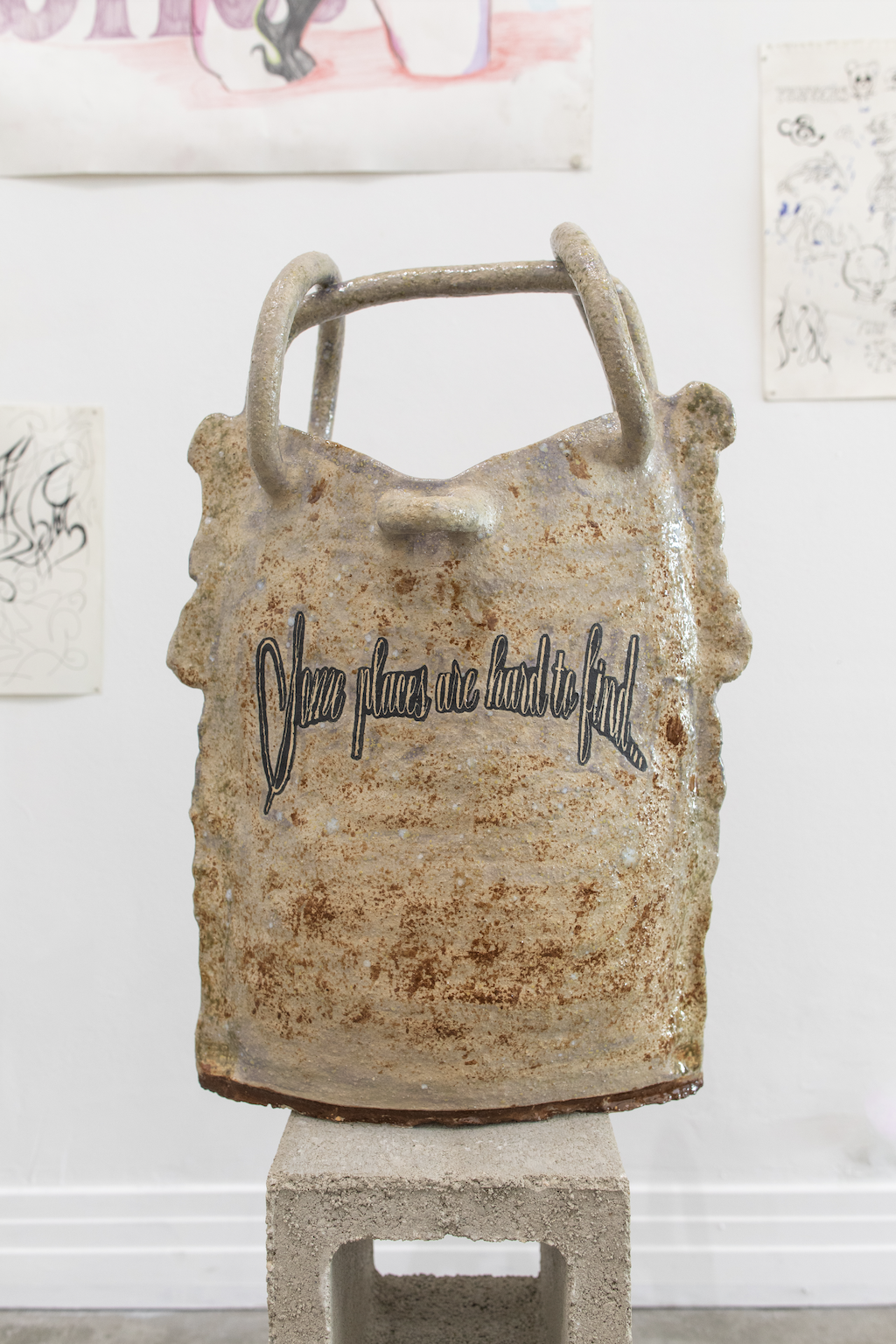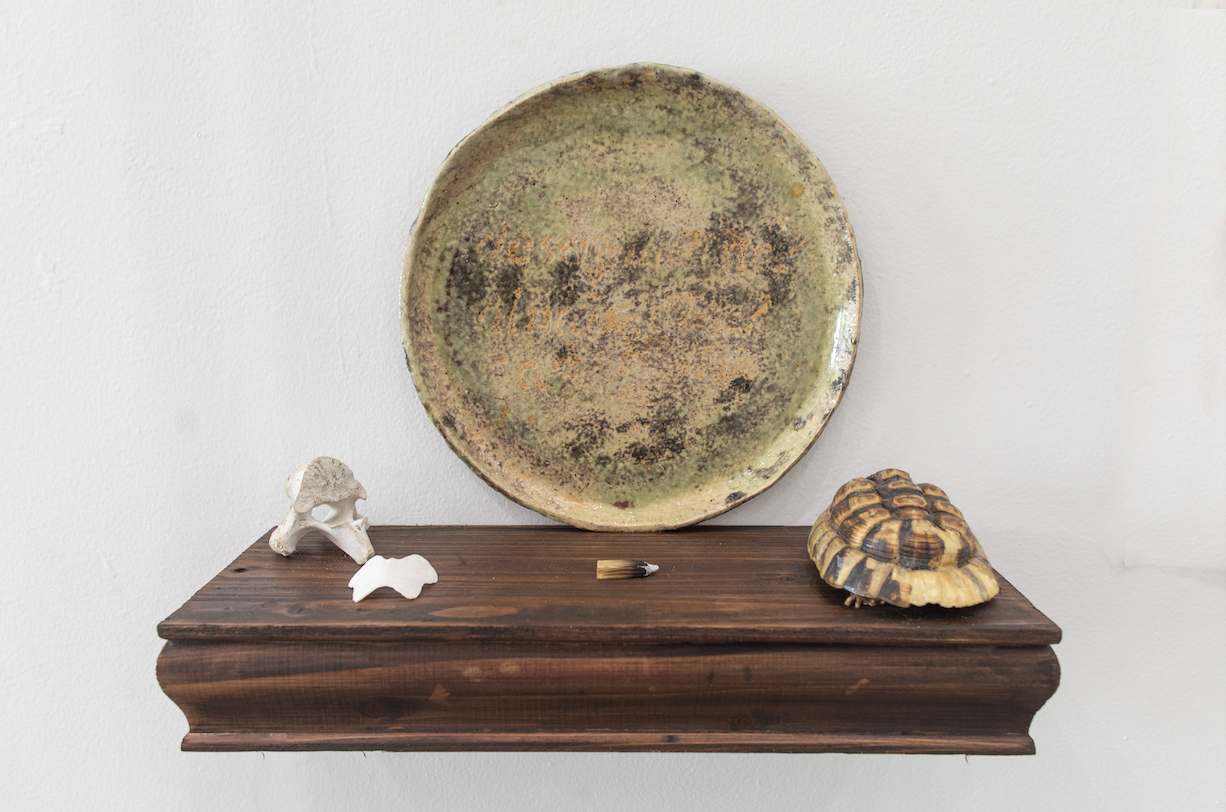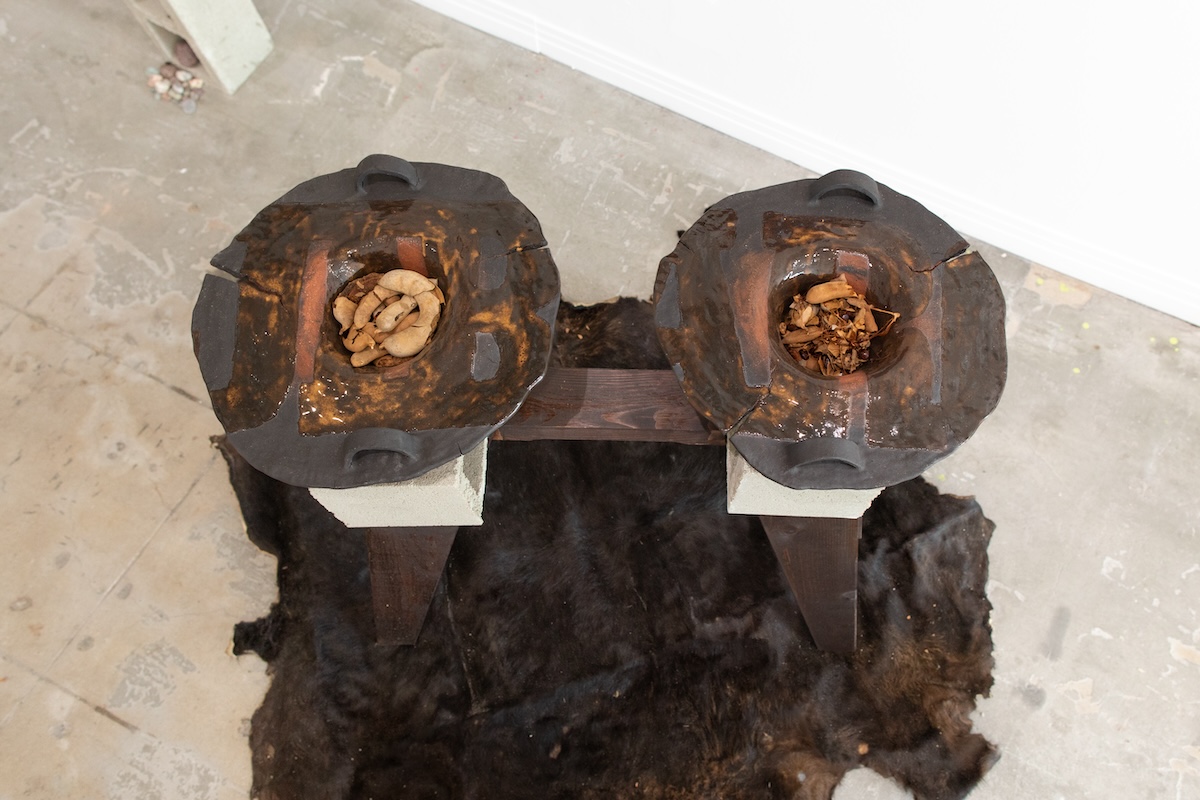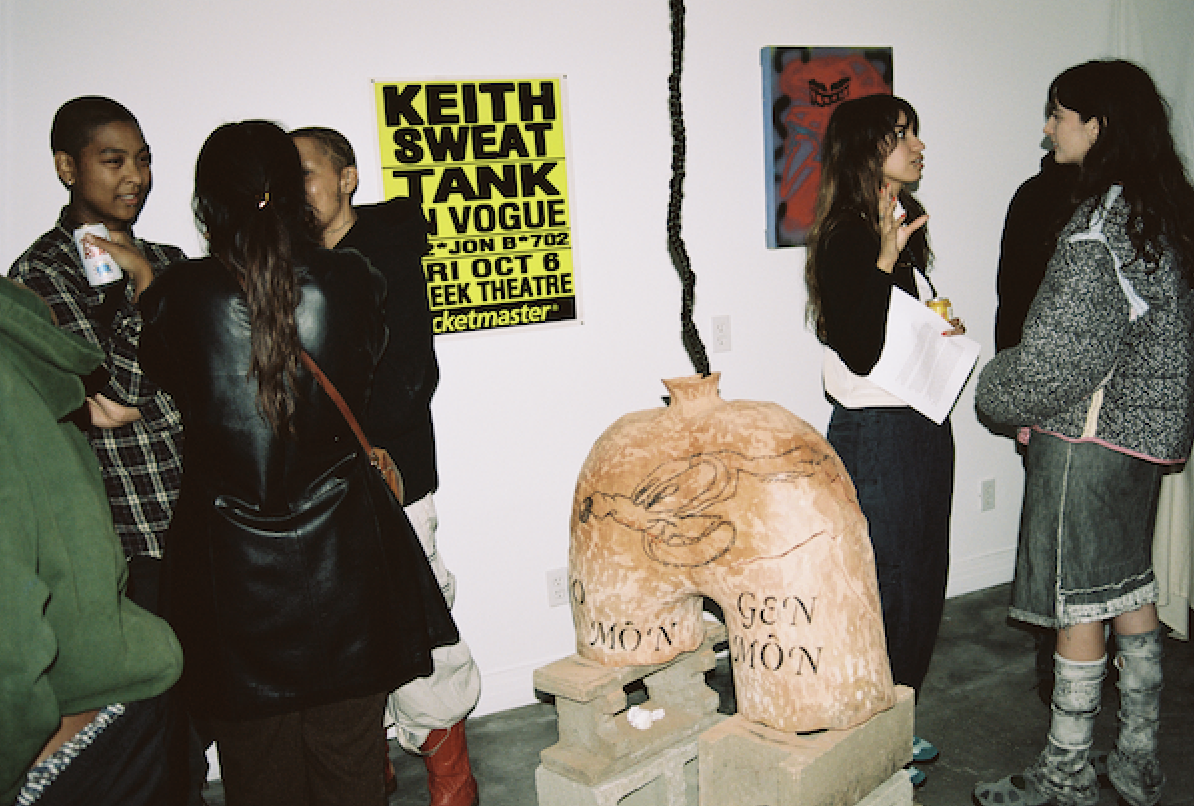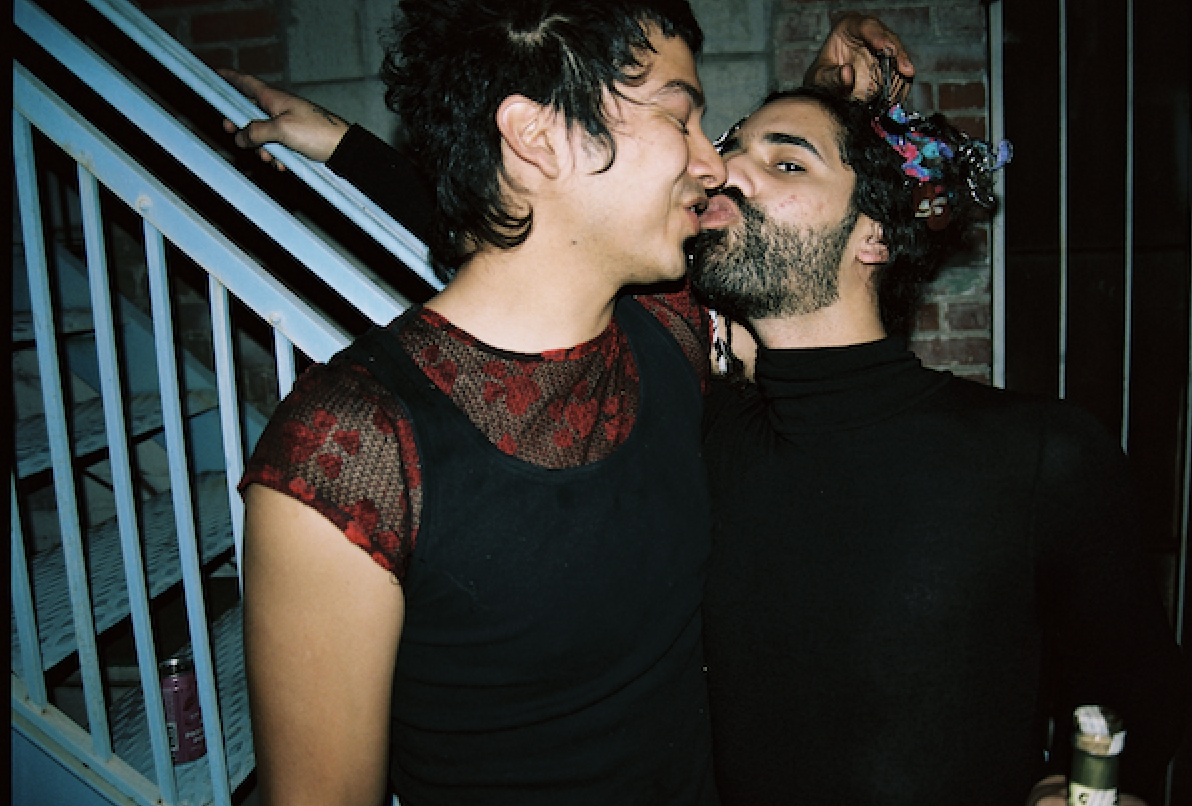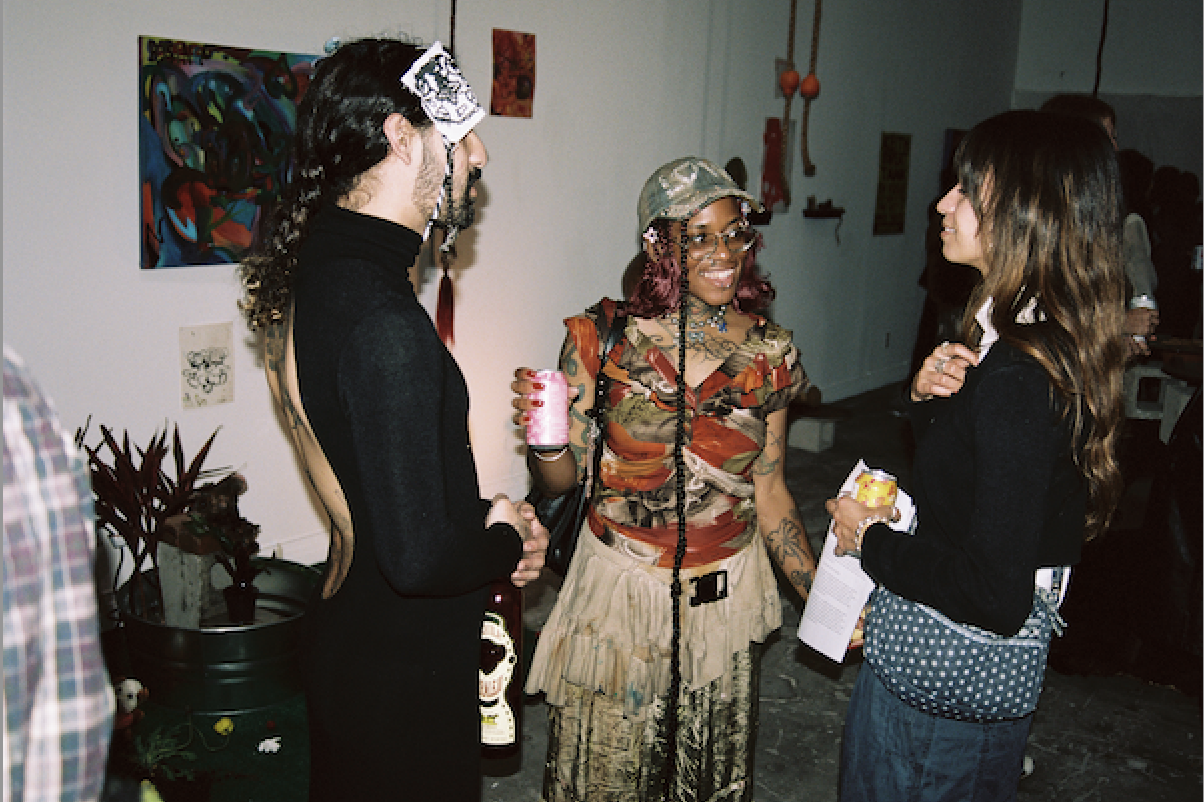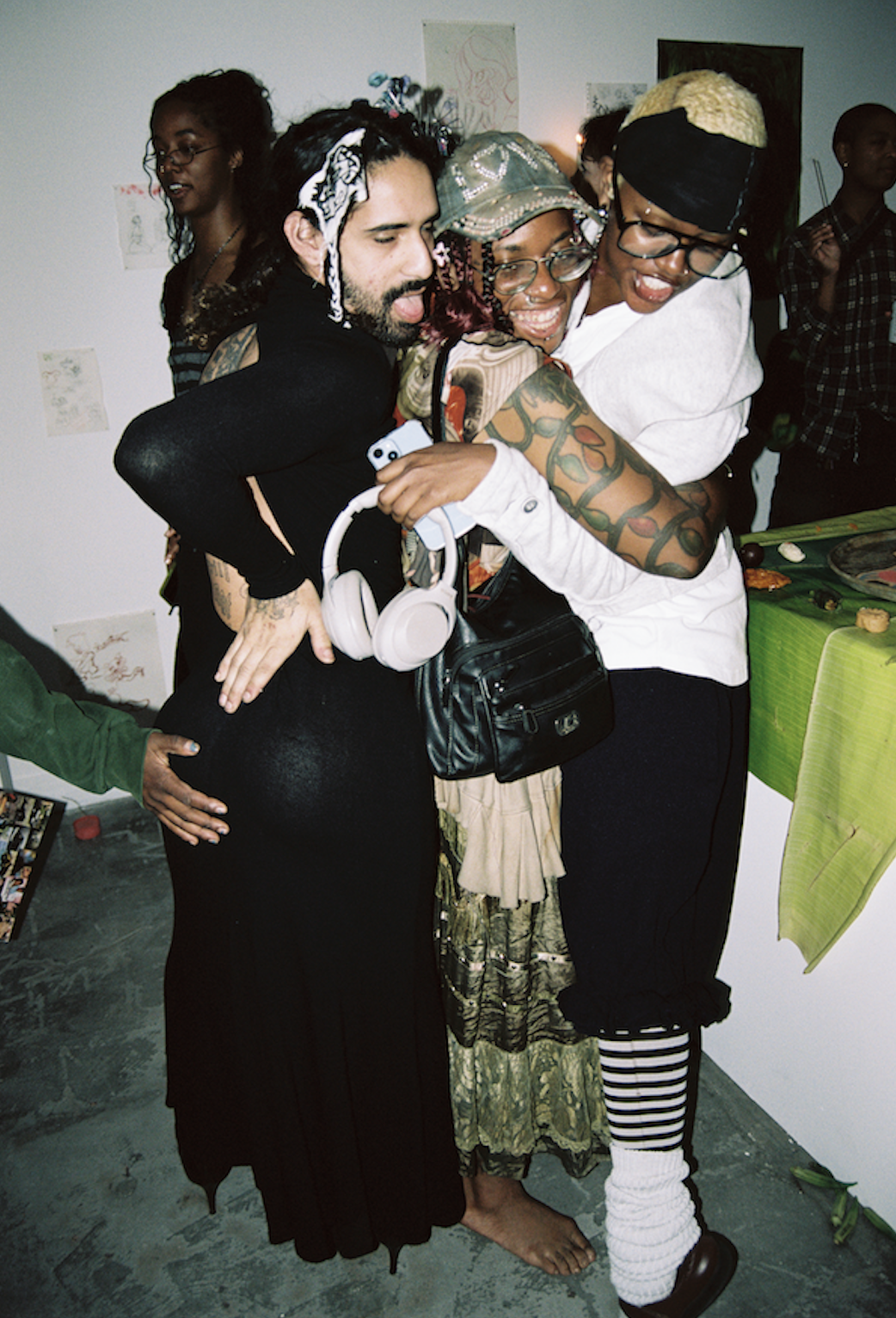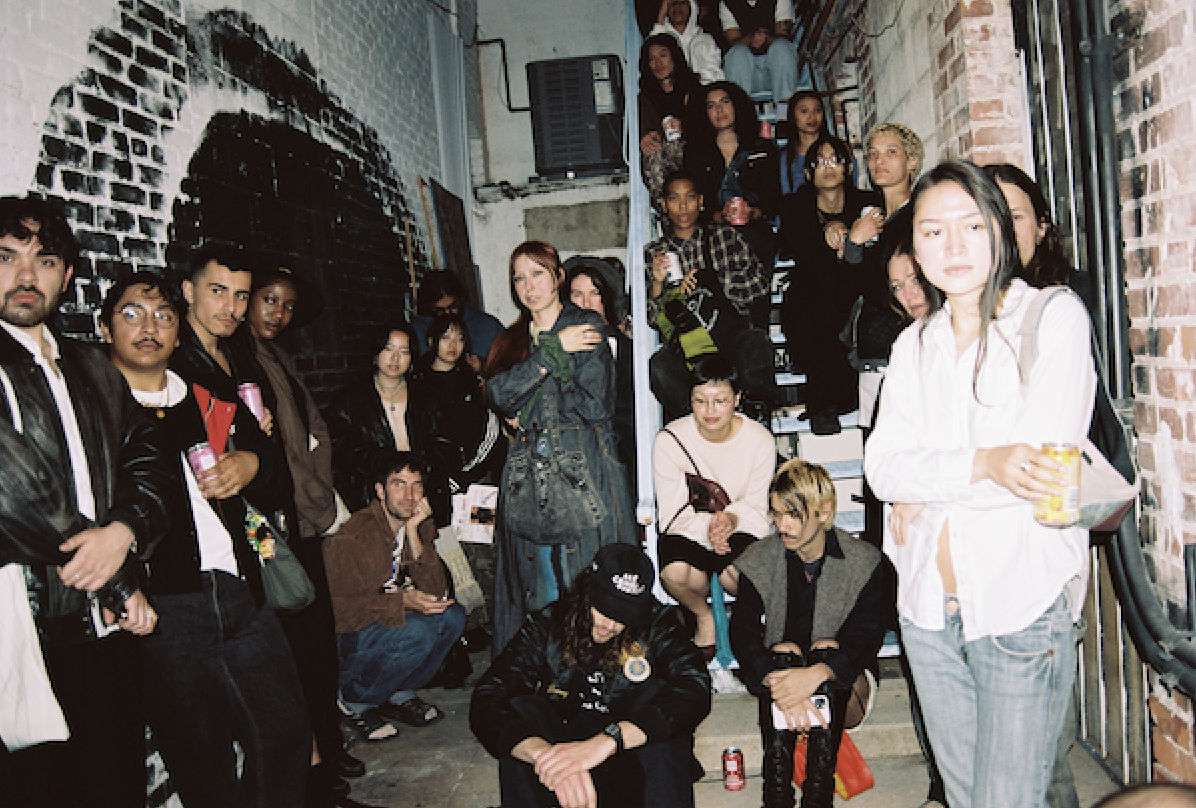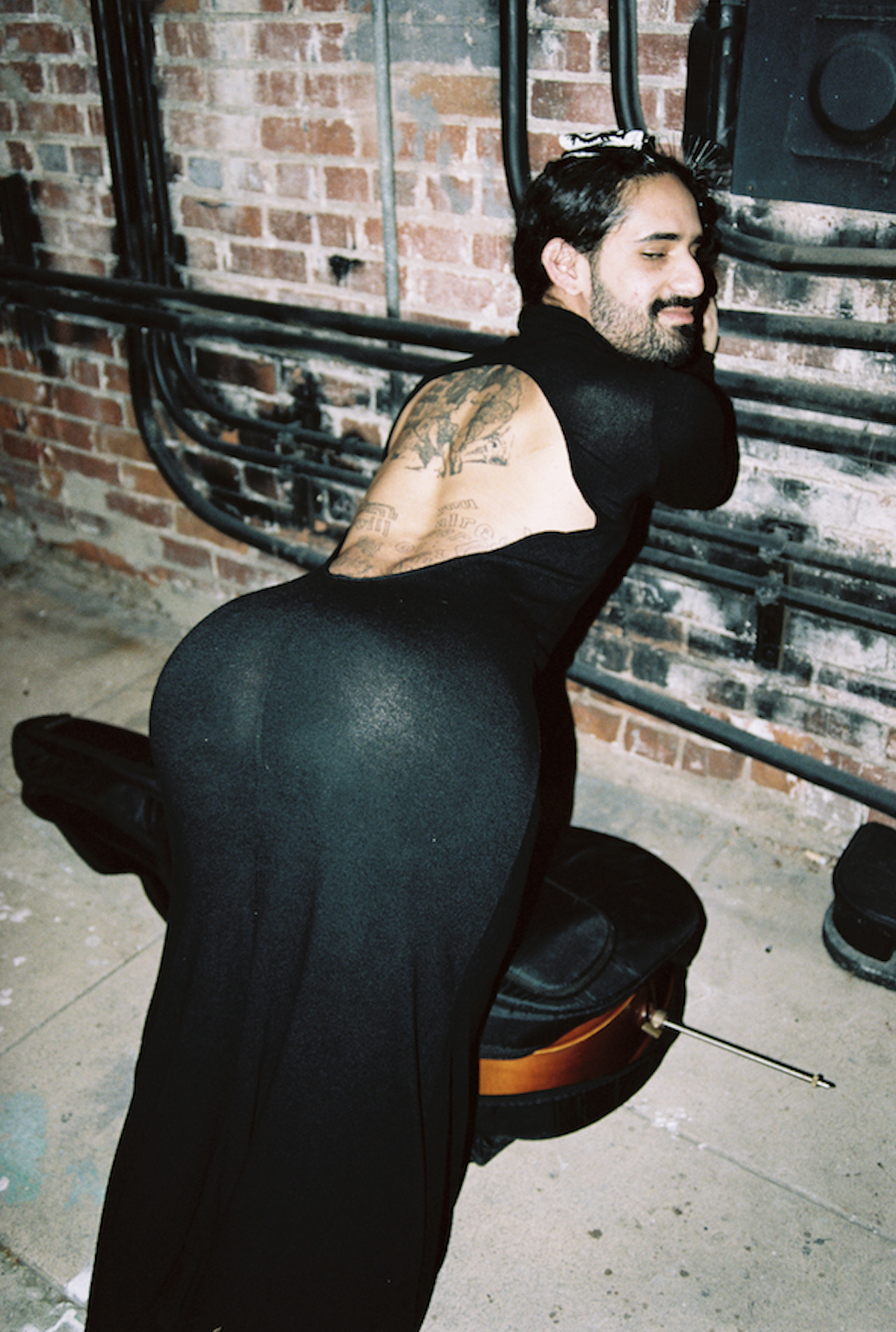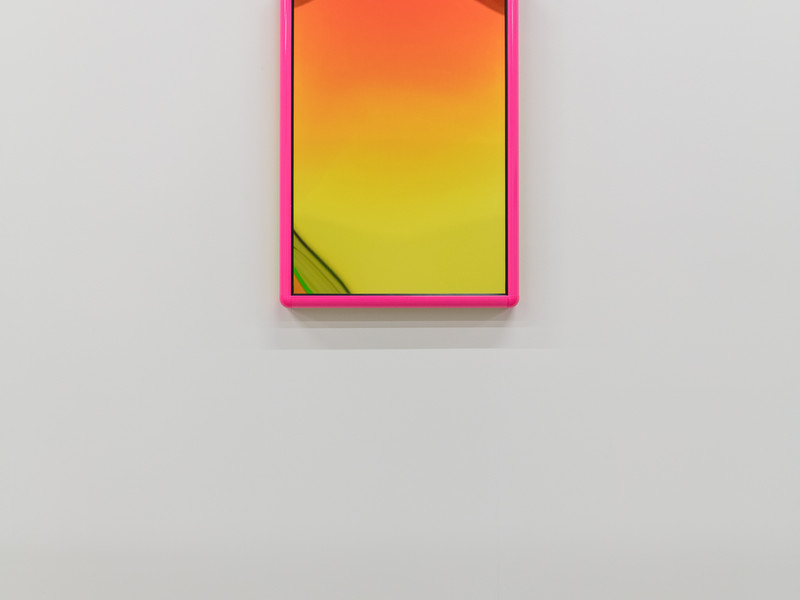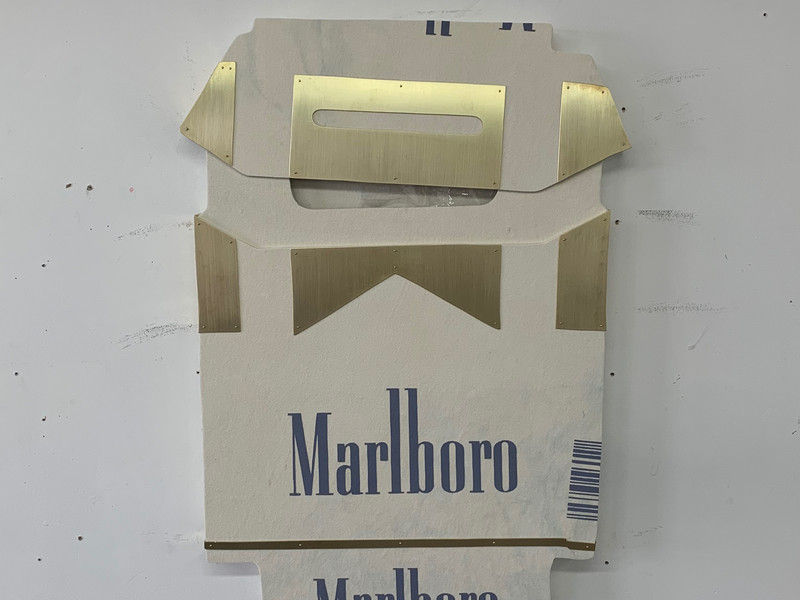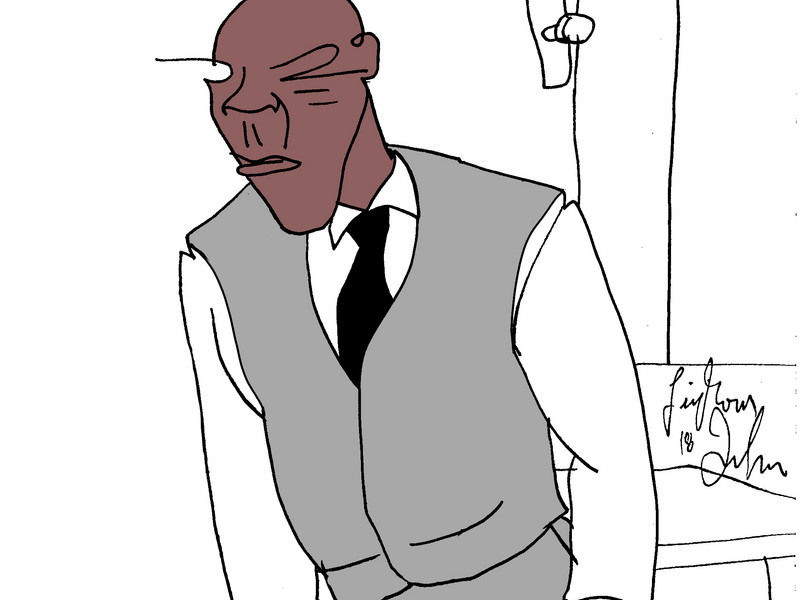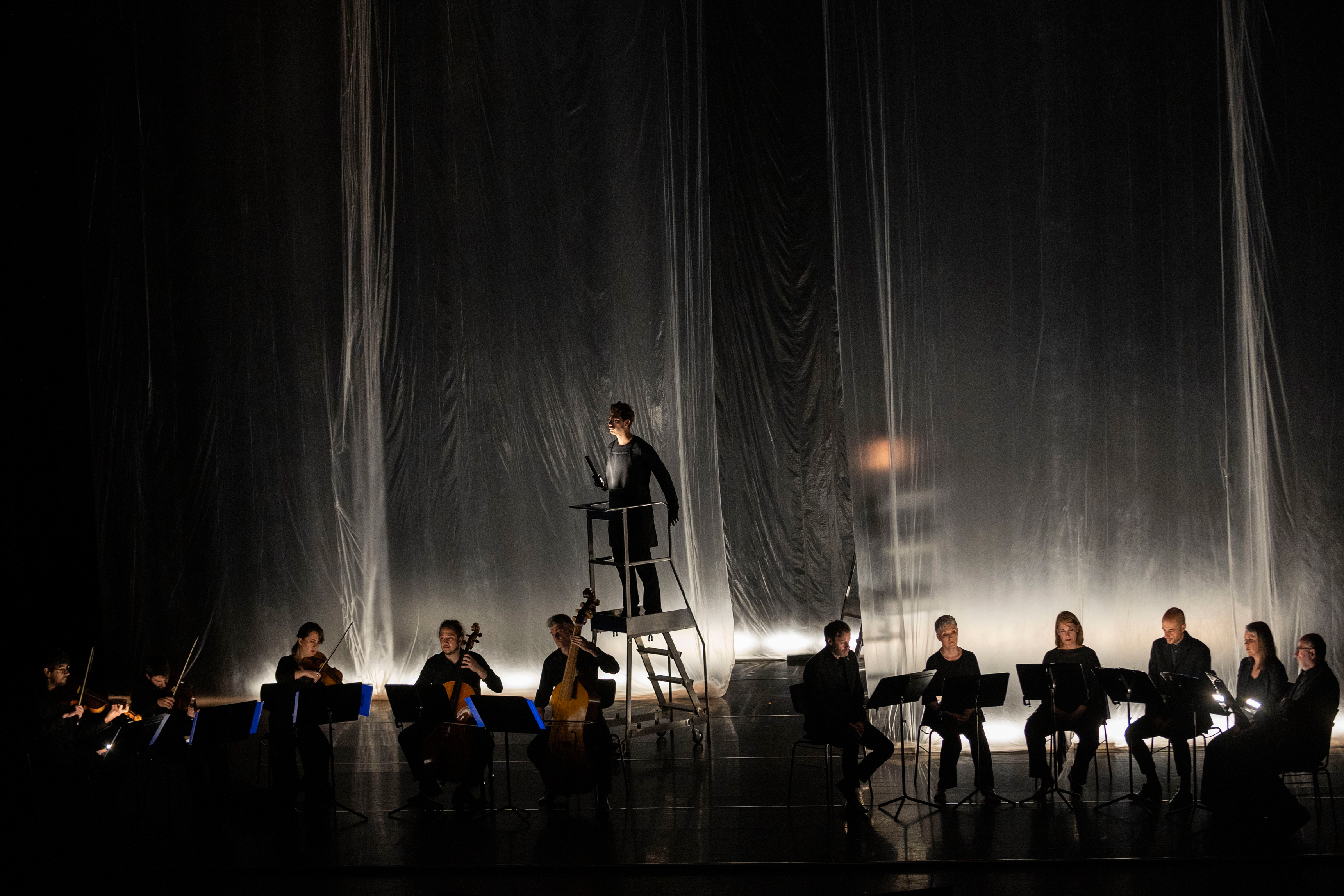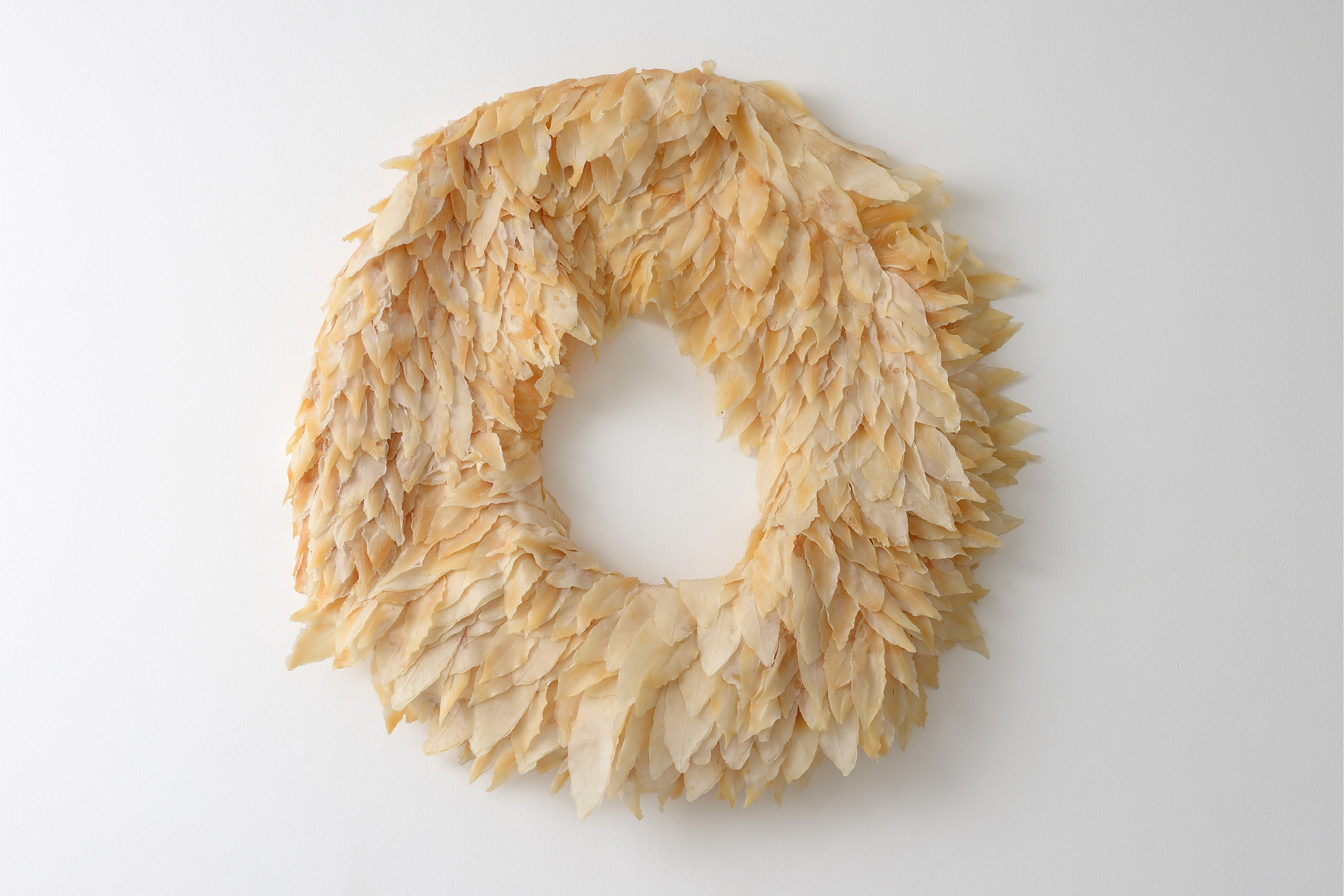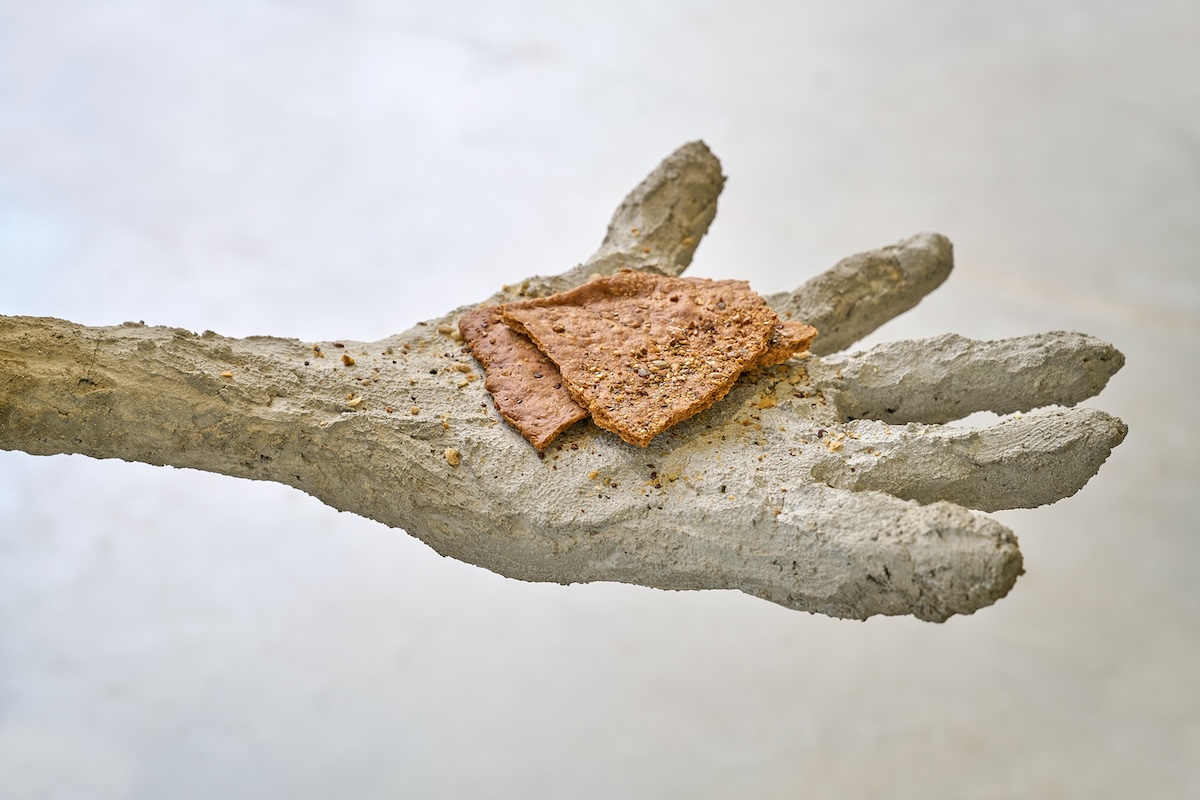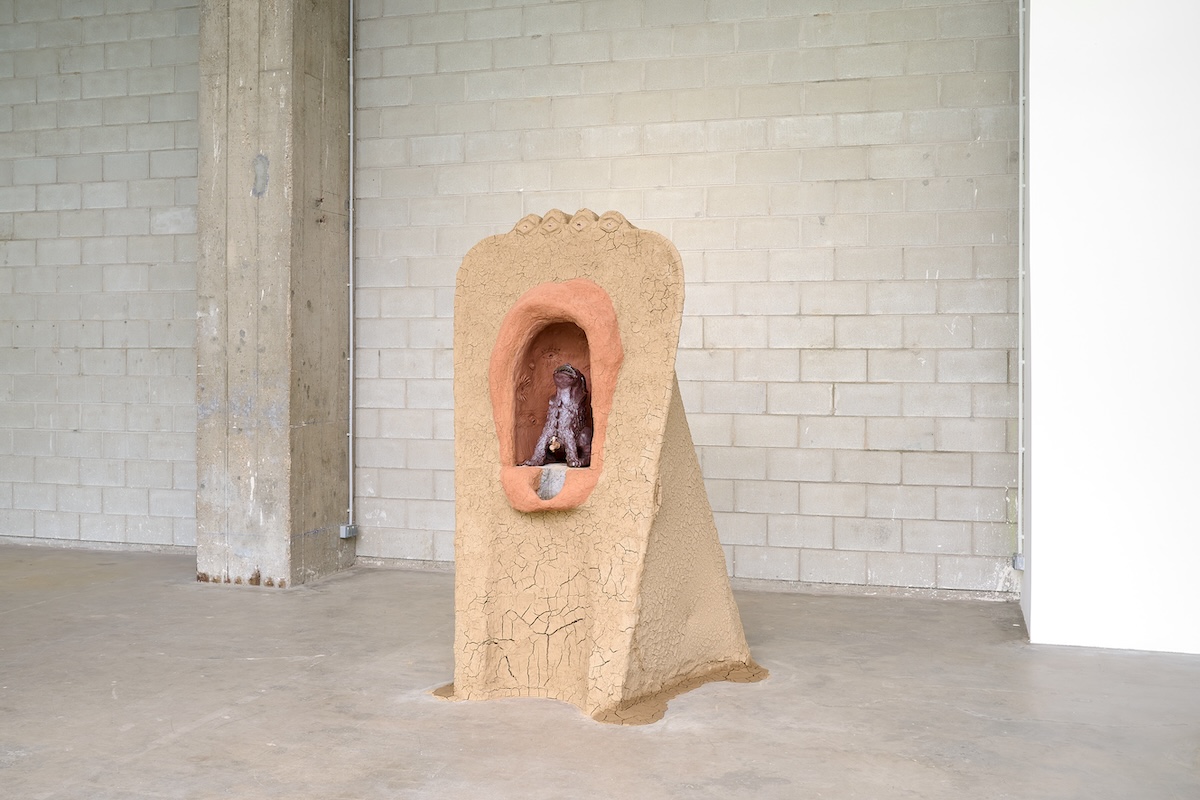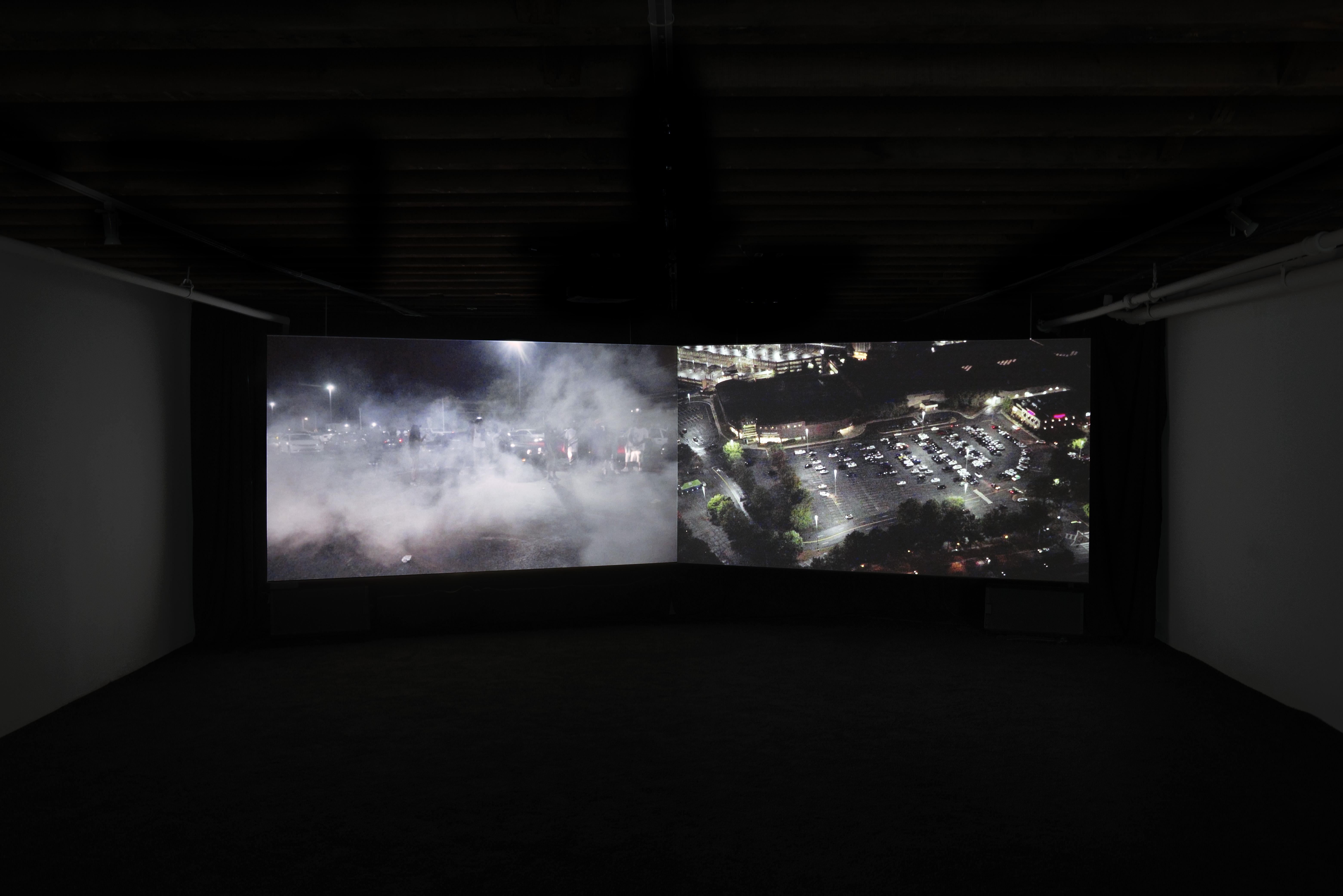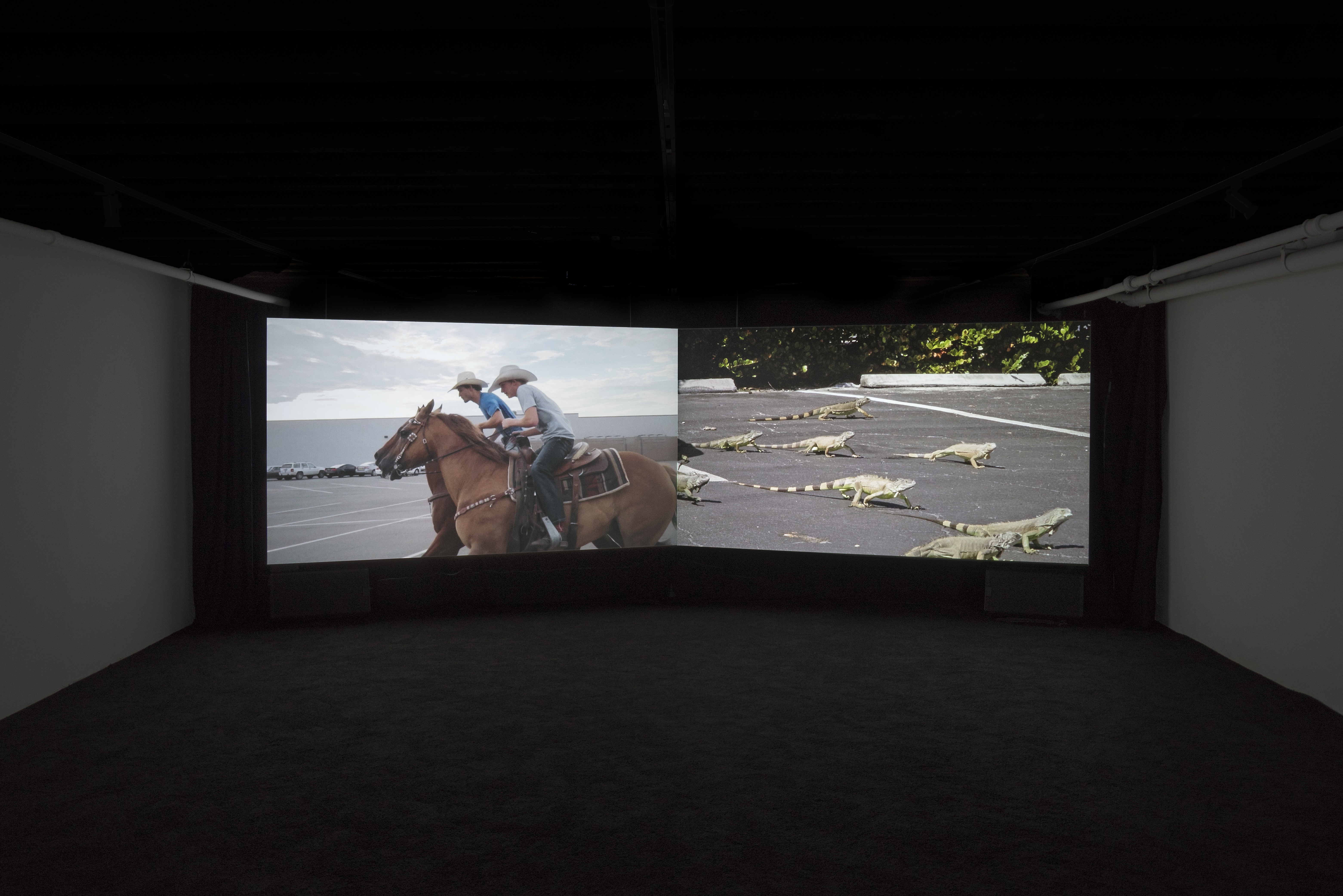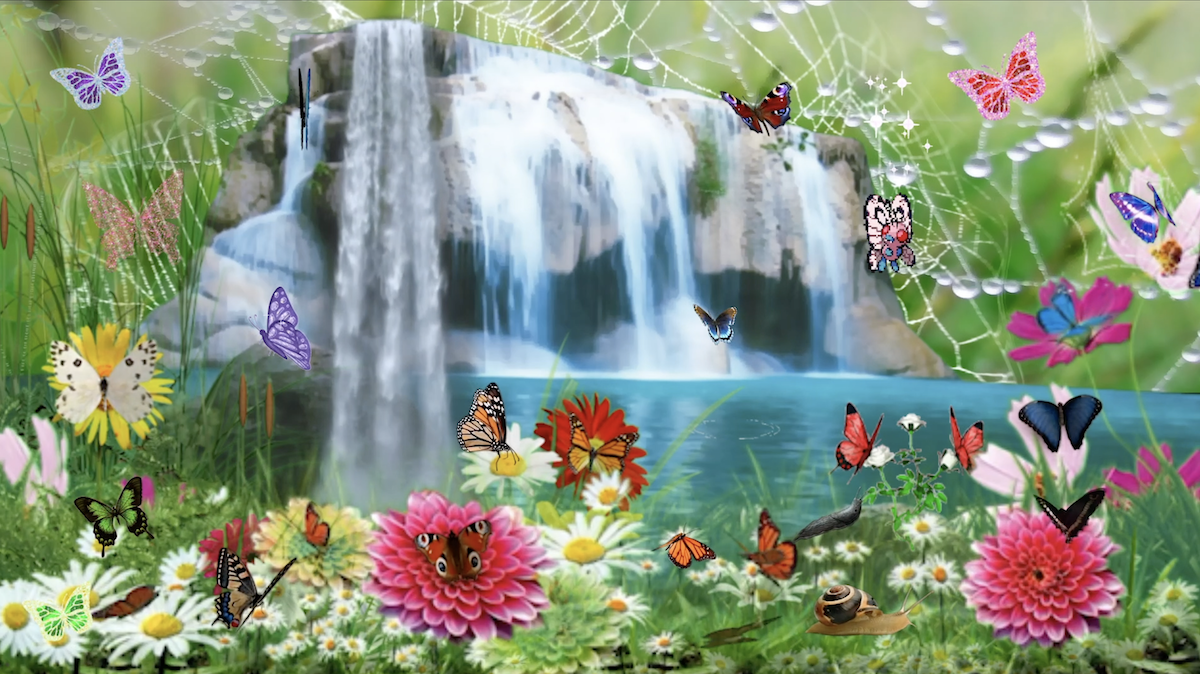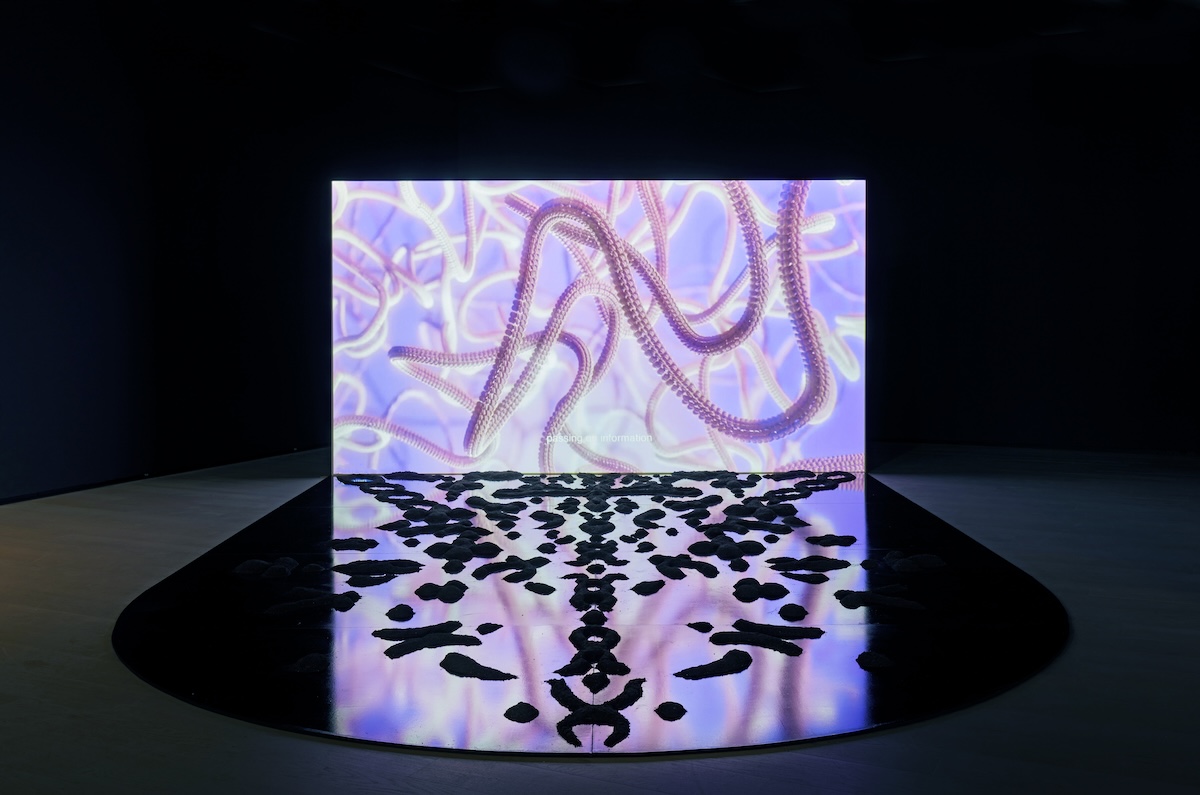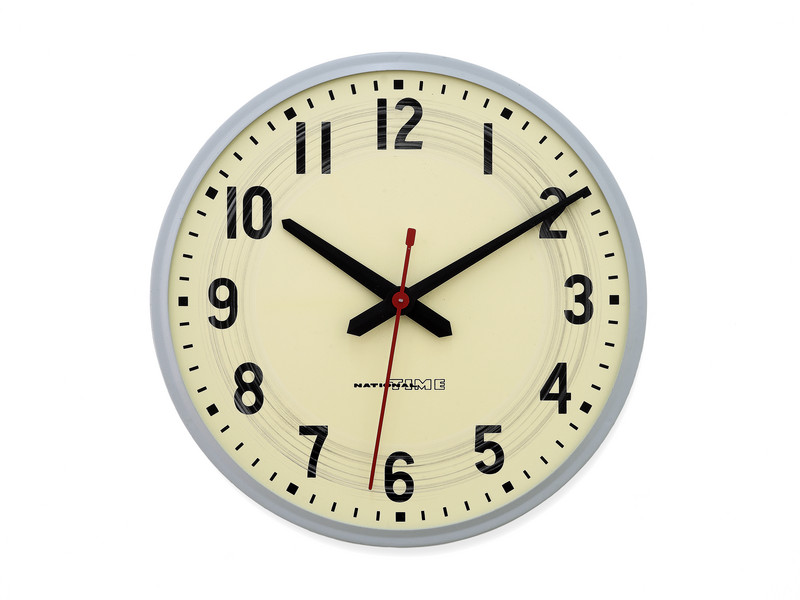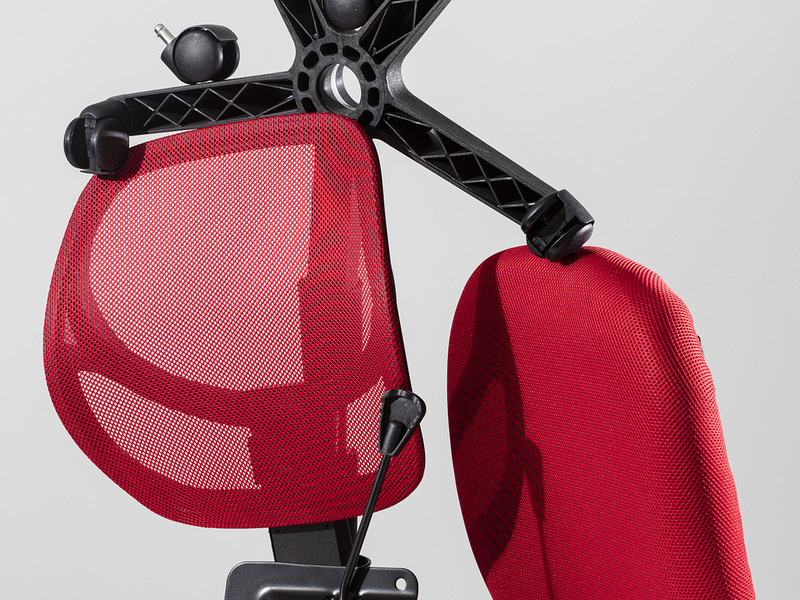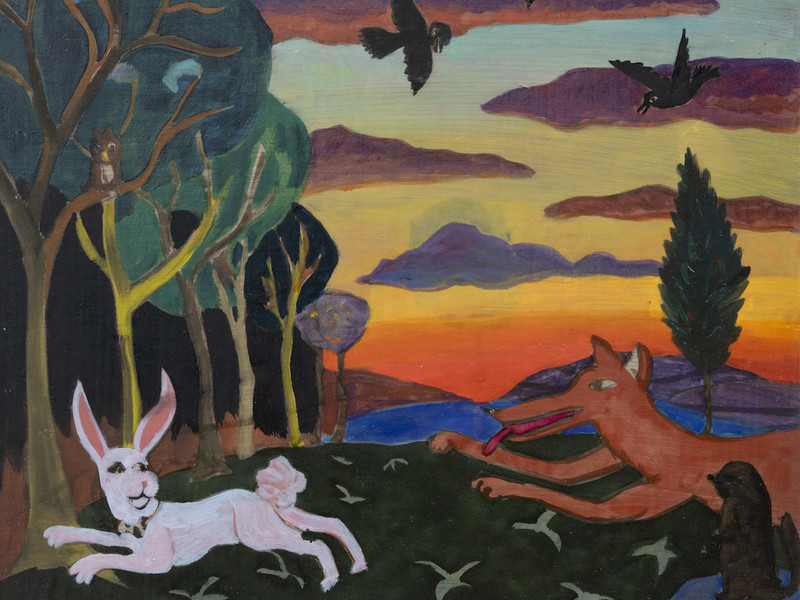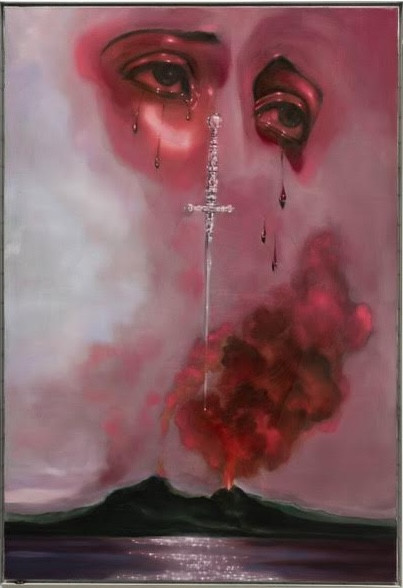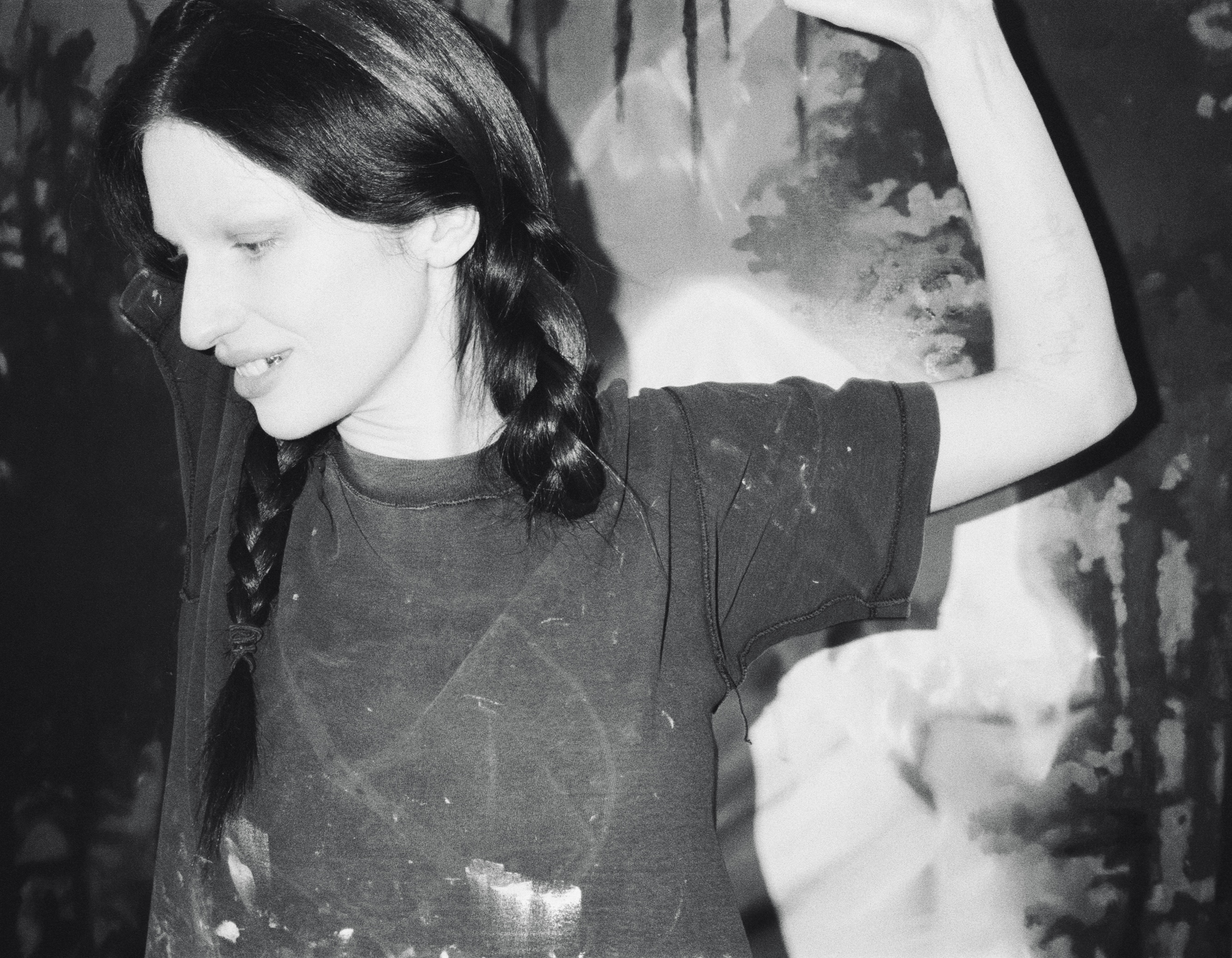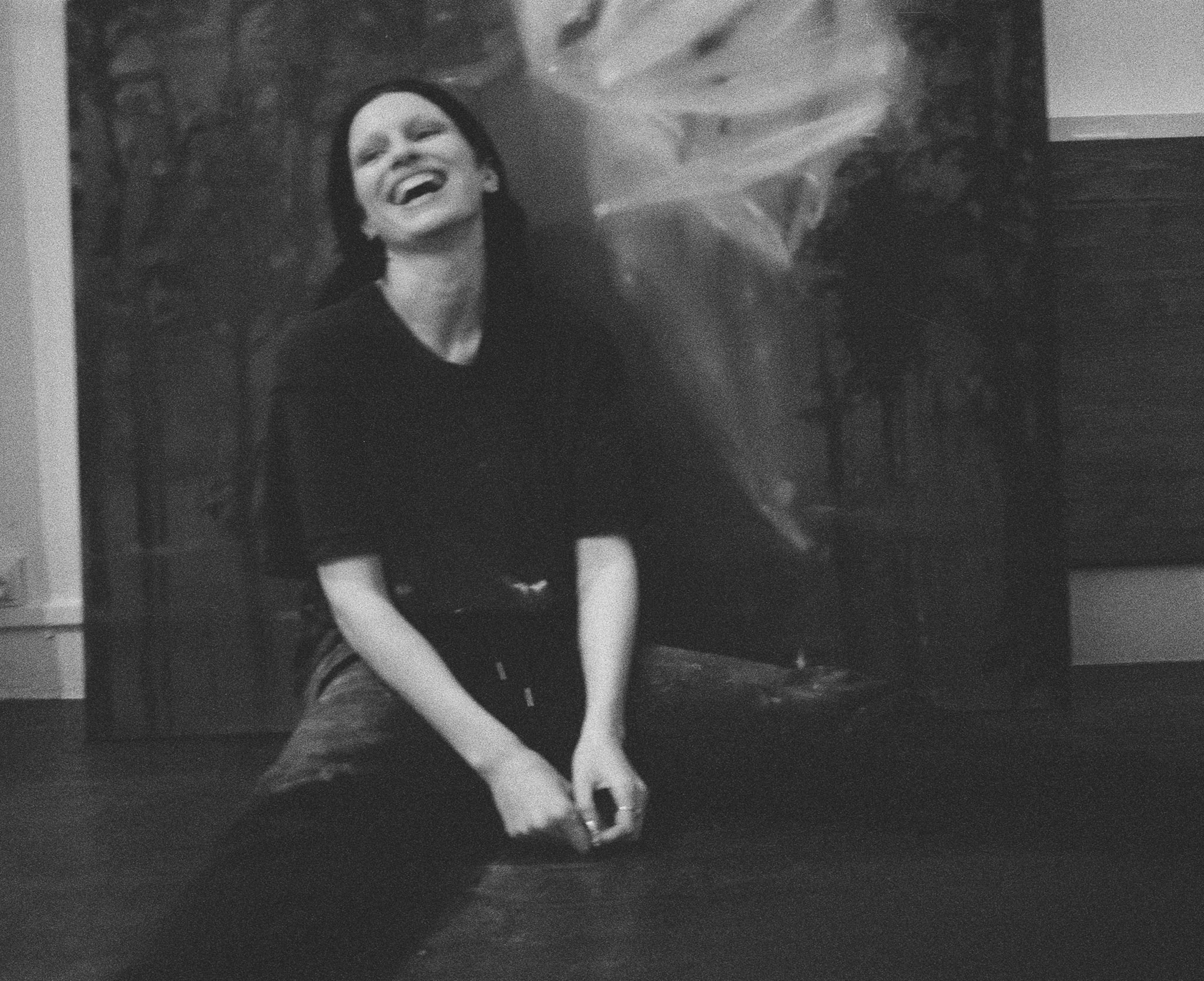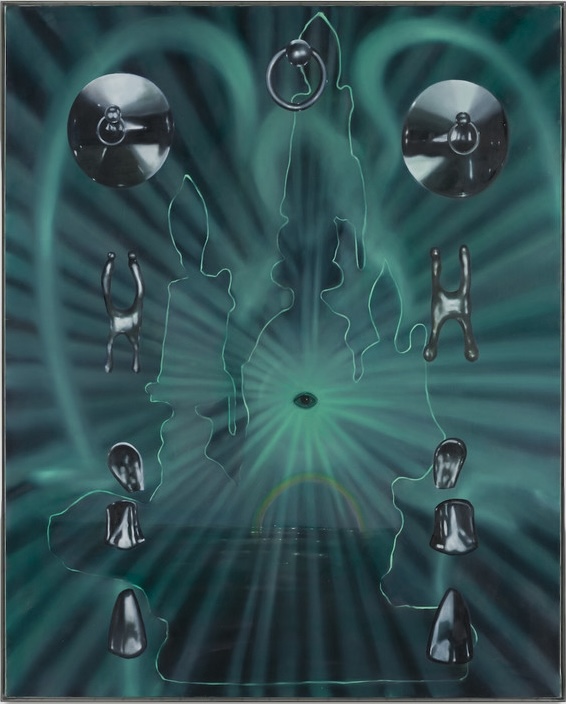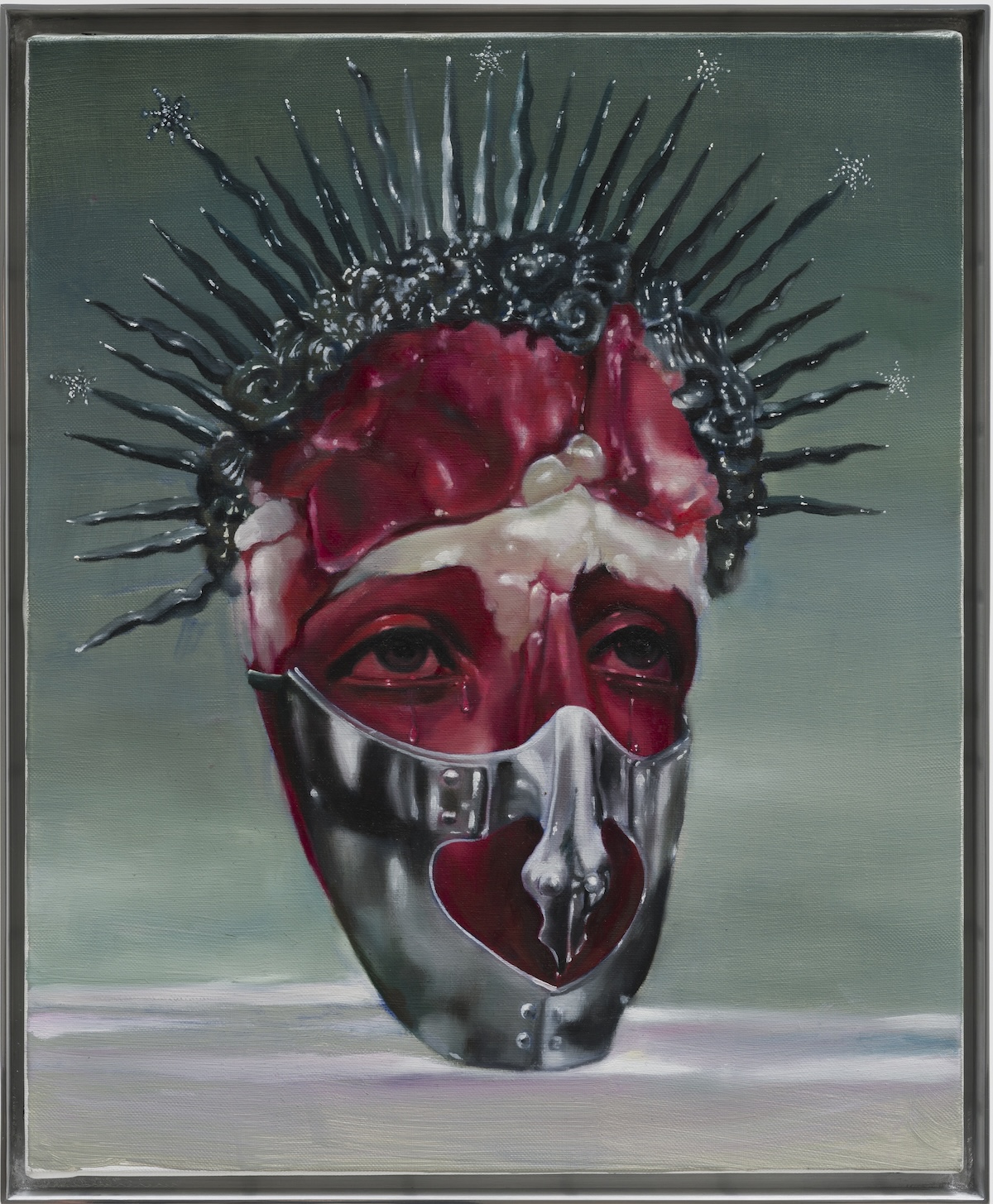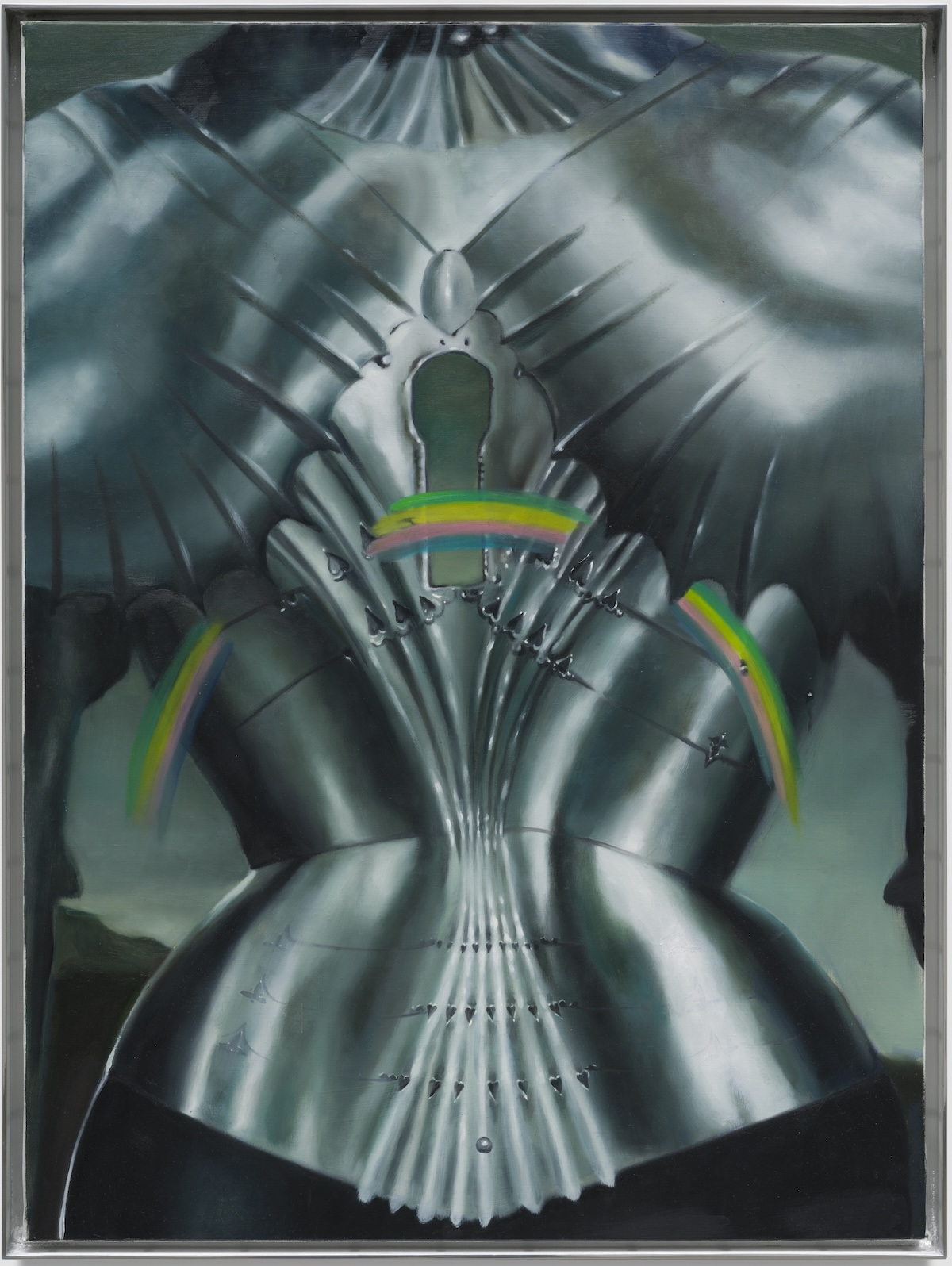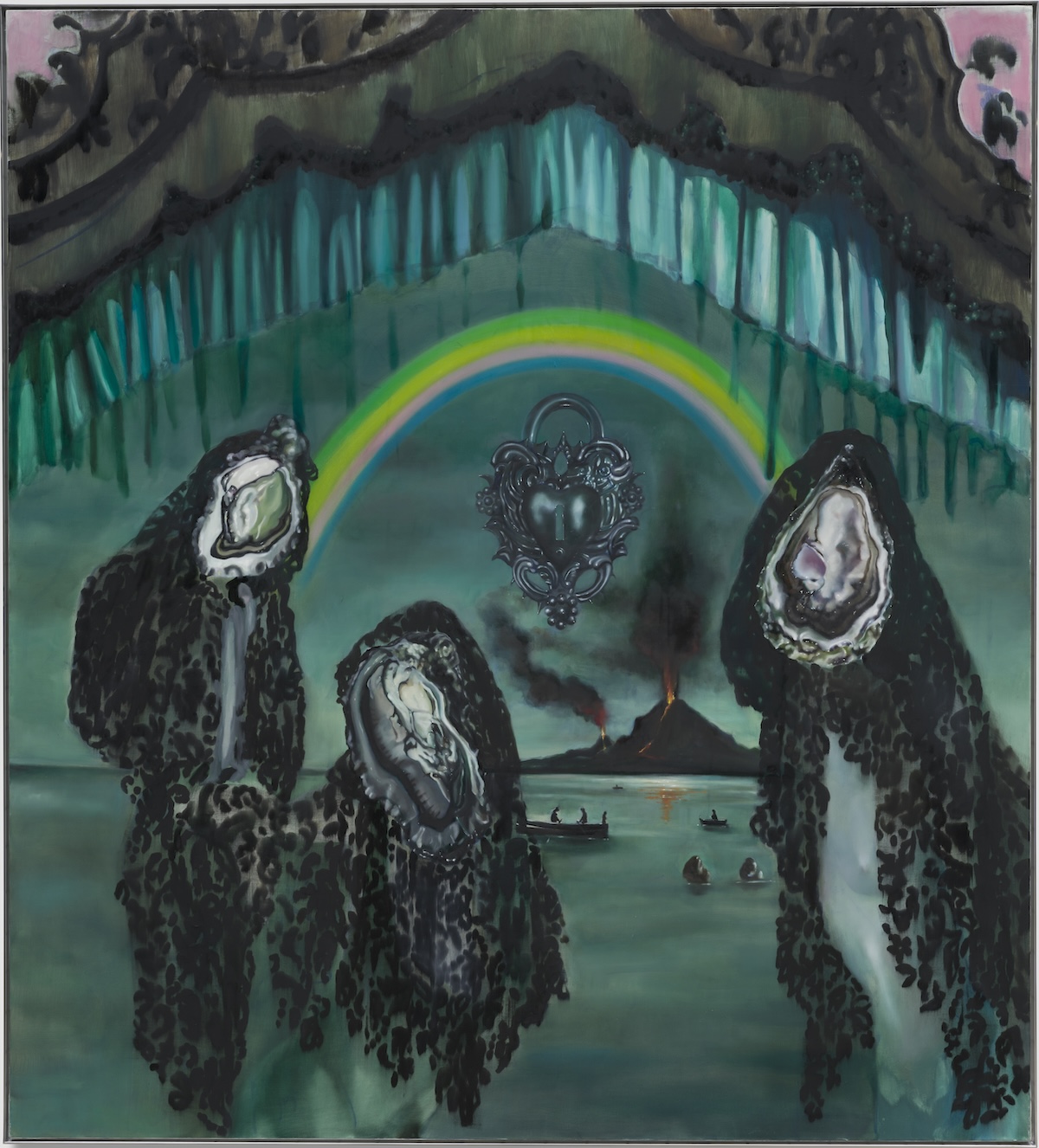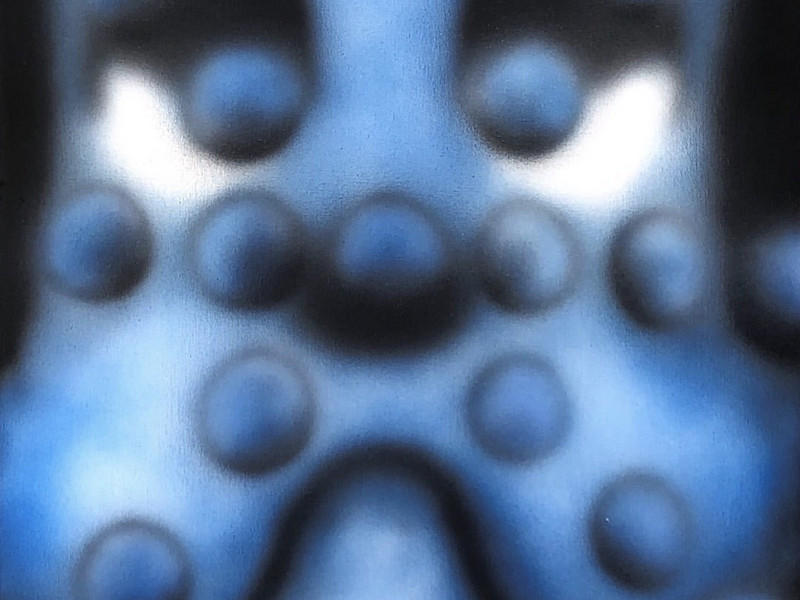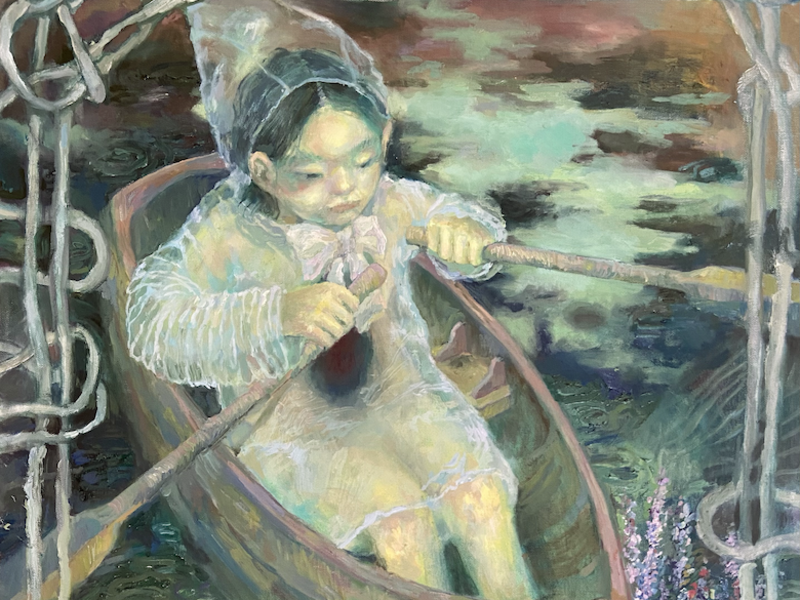Patti Smith's State of Mind
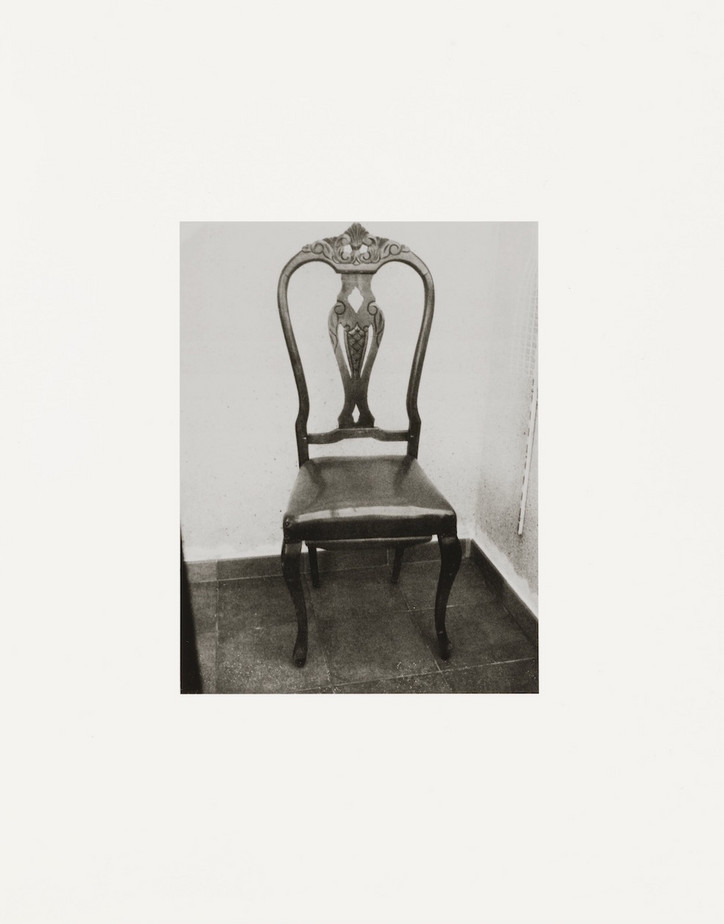
Smith states that "a café is not a place, but a state of mind," taking to the Mexico City cafe where Che Guevara, Octavio Paz, Roberto Bolano and Fidel Castro had sought out as their own cerebral commune. The project is a multifacted experience, a multimedia "landscape of the mind" through photography and performance, and takes the topic to a wider audience with a poetic billboard and a Cafe La Habana hotline— where 24/7 a call can access the ultimate artistic fantasy, Patti Smith with a personal Café La Habana Session.
Conceptual congregation is an element, but there is evidence in Smith's success in also finding a Formica tabletop, as Lenny Kaye, her longtime guitarist and legendary mind of music can attest to.
office spoke to Kaye in the spirit of the cafe, to discuss what sparks his artistic intuition and what a space can offer the mind in general.
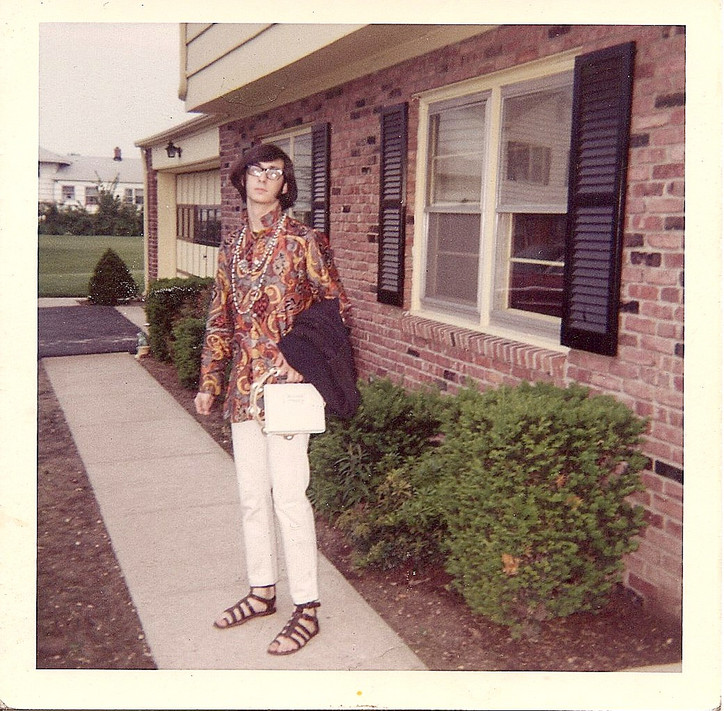
This project deems the cafe as a creative hub, a mecca for artists. Do you feel your meeting Patti in the E. Village reflects this concept?
I do believe that the small and interactive world in which we moved helped bring myself and Patti together. I remember seeing her from afar with Robert Mapplethorpe, being struck by her inner light, and was happy when we found a common ground in the record shop where I worked, and the creative spirit we shared. This proximity, not only to ourselves, but to our potential audience, to which we would formally debut in front of in February 1971 at a poetry reading at St. Mark's church in the East Village, was invaluable in helping us to become who we might be.
What aspects draw you to a place to seek creativity? What is it about a cafe specifically that seems to ignite artistic insight?
I look to a place that simulataneously relaxes and inspires you. A cafe, where one can sit alone, or with like-minded individuals, interacting and conversing as the mood takes one, is an ideal place for the exchange of ideas. Its informal nature lends itself to a stream-of-consciousness association, and the coterie of individuals that frequent it often provide a sense of camaraderie that leads to surprising connections and associations.
In your opinion, does it differ between mediums (music, art, poetry, activism) how a location can be communal for creatives?
For me, I like when mediums blend together, when music and art and poetry and how they are activated blur their lines and become one. The more borders between arts are criss-crossed, the more interesting the song or the painting or the poem become. My ideal location would be where there's a little of everyone and nobody knows how it's all going to come together. Otherwise, life might become predictable; and we surely don't want that, because then there's no surprise in what's being created.
If a community does not have a unifying space, how do you think they could instigate one? What does that take?
What it takes is initiative, to create one's own space and thus time. I remember in New York's early seventies, when there was no place for a local band to play, a small bar on New York's Bowery became an unintended gathering place for the disaffected bands on the Lower East Side. That bar, CBGB, soon became a magnet and locus for a creative melting pot of musical inspiration that had no definition. Tom Verlaine of the band Television once famously said that all the bands there were like ideas-in-the-making; perhaps later it would be given a definition of punk-rock, after the Ramones template, but for me, I liked the fact that for the first couple of years it hadn't yet figured out what this new "scene" could be, and so was filled with infinite possibility.
What do you feel a public space offers dichotomous from a private space, both positively and negatively?
A public space means that one's door is open to the wild card that might enter, the unexpected, the thought not yet occurred. Sometimes that might prove distracting to the artistic concept, and so one needs a private space to gather and sort the path of one's creativity. In a perfect world, this blend of private and public will enhance the work at hand, since art itself has to function both on a private and public level: the journey from an artist's mind to the audience an artwork seeks. It is in this twilight zone that our communication becomes as one, conveying our emotions in the give-and-take of creativity.
